Colonial front doors represent the timeless elegance of American architectural heritage, serving as the focal point that defines your home's character and curb appeal. These doors are characterized by their symmetrical design, clean lines, and traditional craftsmanship that reflects early American colonial settlements from the 1600s through the 1700s. Whether you're renovating a historic home or building a new colonial-style residence, selecting the right front door design can dramatically enhance your property's aesthetic value and historical authenticity. From classic six-panel configurations to modern interpretations with contemporary materials, colonial front doors offer versatile options that balance traditional charm with today's practical needs.
1. Traditional Six-Panel Colonial Front Door
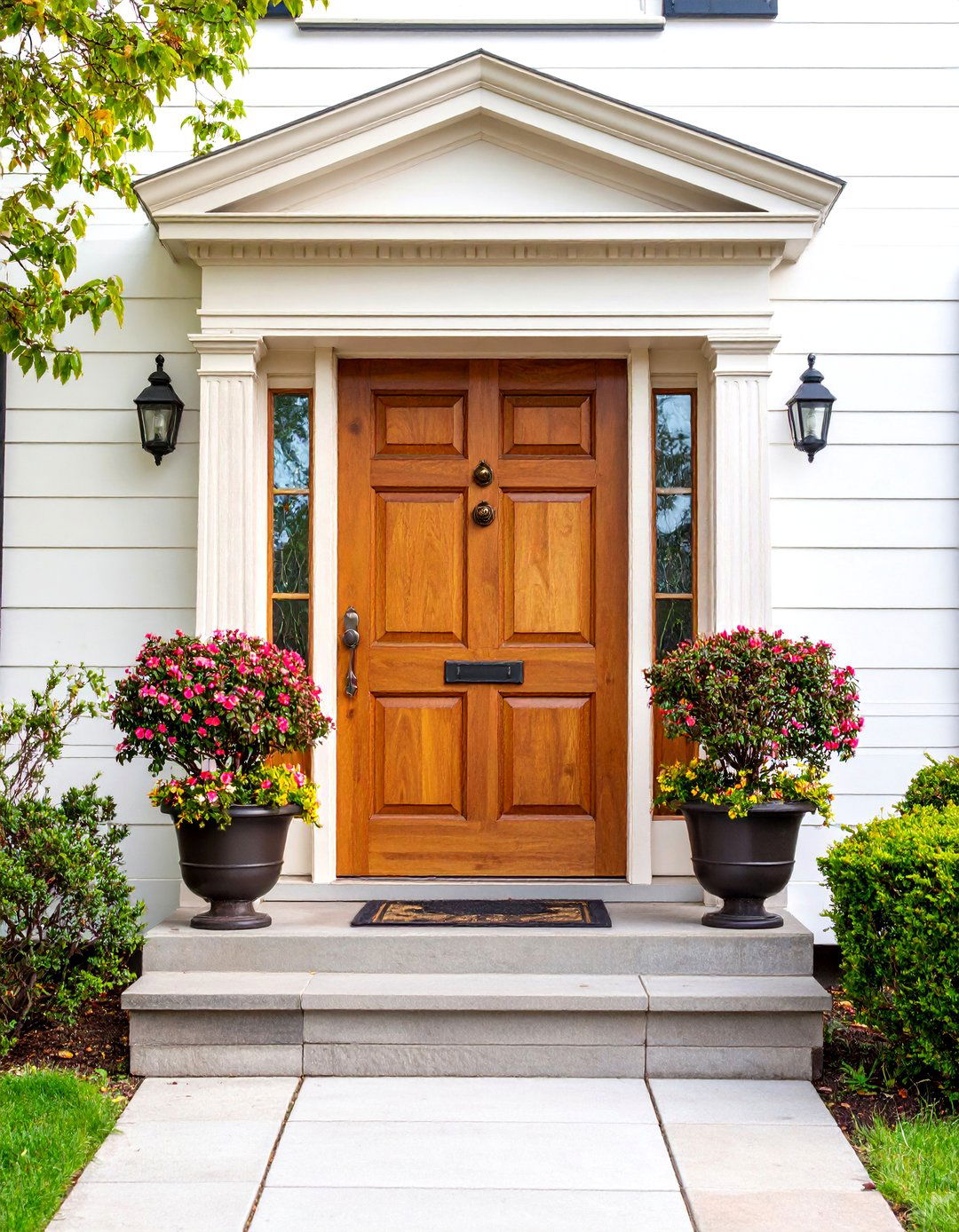
The six-panel colonial front door stands as the most iconic and historically accurate representation of colonial door design, featuring recessed panels framed by wooden stiles and rails. This classic configuration typically displays two upper panels, two middle panels, and two lower panels arranged in perfect symmetry. Crafted from solid wood species like oak, cherry, or mahogany, these doors embody the craftsmanship values of early American settlers. The panels can be customized with various wood finishes, from natural clear coats that highlight the grain to rich walnut stains that create deep, warm tones. Modern versions often incorporate energy-efficient cores while maintaining the authentic appearance, making them both historically appropriate and practically efficient for contemporary homes.
2. Dutch Colonial Front Door with Horizontal Split

Bringing a unique European influence to American colonial architecture, the Dutch colonial front door features a distinctive horizontal division that allows the top and bottom halves to operate independently. This design originated in the 1600s when Dutch colonists needed to keep barnyard animals outside while allowing light and air to enter their homes. The upper portion typically includes glass panels or solid wood panels, while the lower section remains solid for security and weather protection. This functional design works exceptionally well for families with pets or young children, providing ventilation control and easy outdoor monitoring. Modern Dutch colonial front doors often feature upgraded hardware and weatherstripping while preserving the charming split functionality that makes them conversation starters.
3. Georgian Colonial Front Door with Decorative Pilasters
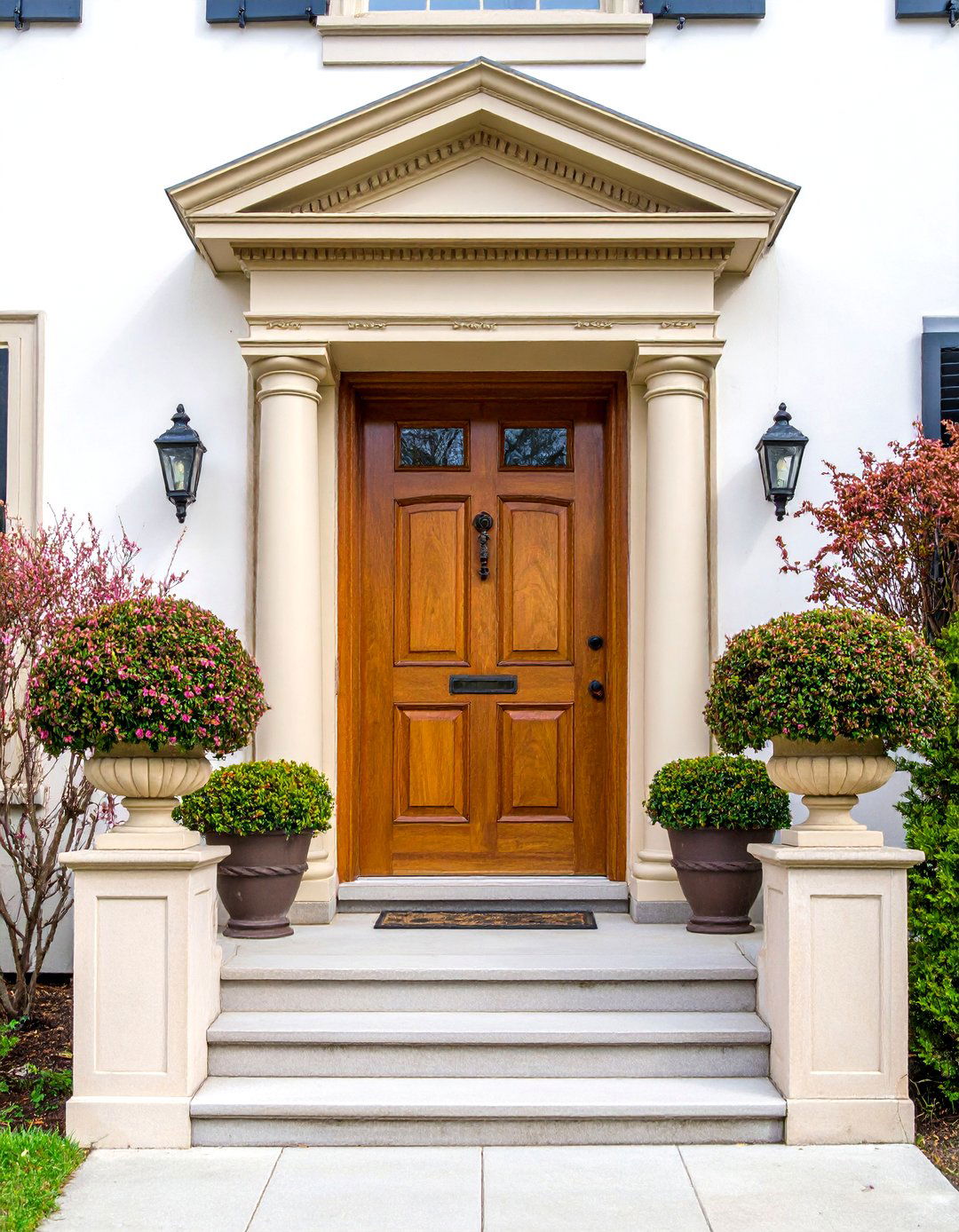
The Georgian colonial front door represents the more elaborate colonial style, traditionally adorned with pilasters and artistic molding that emerged during the reigns of Britain's King Georges from 1714-1830. These impressive entrances feature fluted or smooth pilasters flanking the door, often topped with entablatures or pediments for added grandeur. The doors themselves typically showcase rectangular geometry with divisions of two, three, four, five, or six panels, painted in contrasting colors like white or ivory against the home's material. Premium hardware options include brass or bronze fixtures that complement the classical proportions. This style works particularly well on larger colonial homes where the enhanced architectural details can be properly appreciated and proportioned to the overall facade.
4. Colonial Front Door with Sidelights and Transom
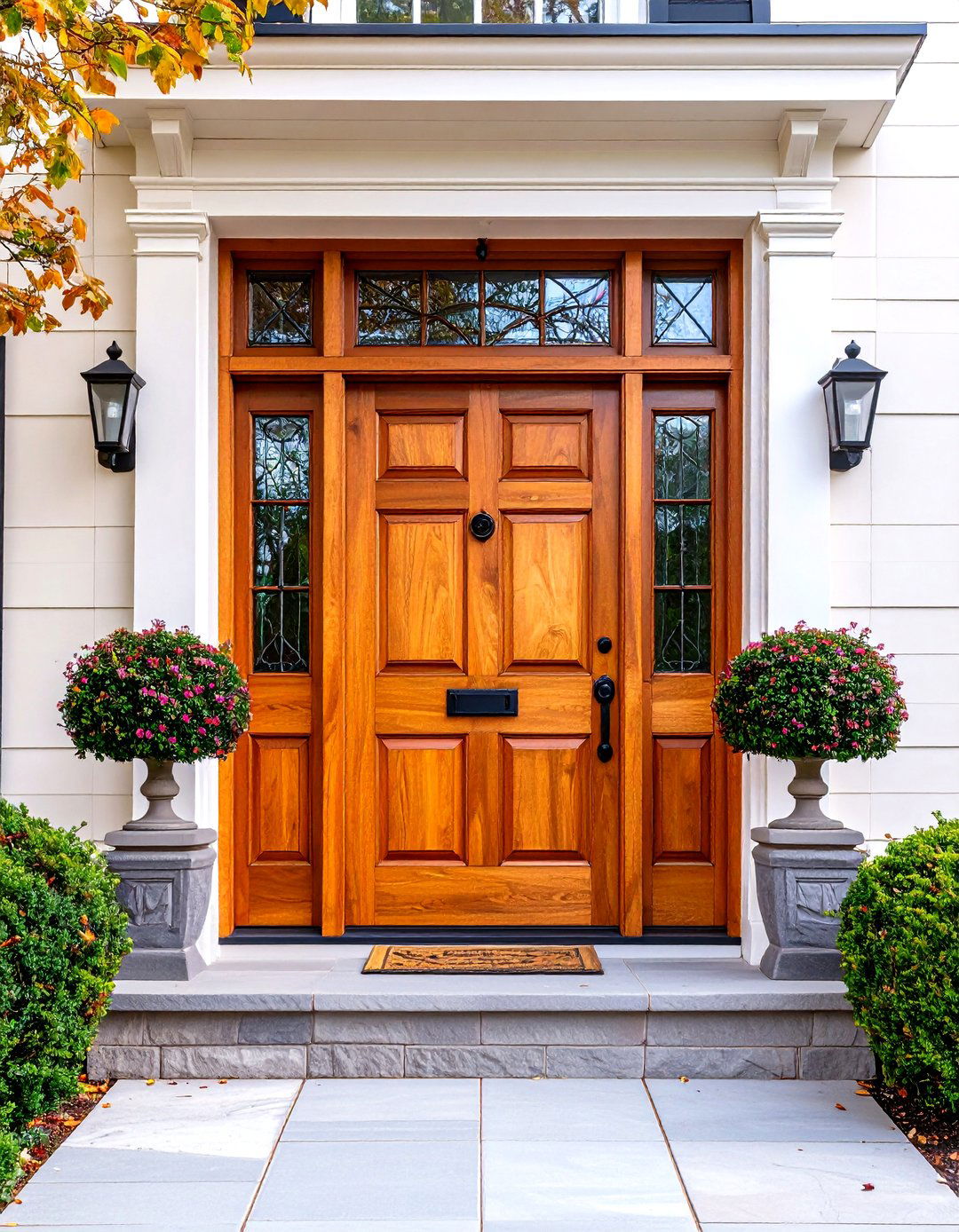
Adding sidelights and transoms to colonial front doors creates an impressive entryway while flooding the foyer with natural light. This configuration maintains colonial authenticity while addressing modern desires for brighter interiors. The glass panes in sidelights and transoms should be proportionate to the home's existing windows, and can feature divided lite patterns that echo the window style throughout the house. Popular decorative glass options for colonial homes include Provincial, Cambridge, and Wellesley designs, or traditional divided lite configurations. These additions work especially well on center-hall colonial homes where the enhanced entry provides appropriate scale and grandeur. Professional installation ensures proper weatherproofing and energy efficiency while maintaining the classical proportions essential to colonial design.
5. Cape Cod Colonial Front Door with Weathered Finish

Cape Cod colonial front doors reflect the coastal heritage of Massachusetts with their robust construction designed to withstand harsh New England weather conditions. These doors typically feature lower profiles and sturdier construction compared to other colonial styles, often incorporating natural weathering finishes that complement the seaside environment. Popular color choices include classic white, deep navy blue, or weathered gray finishes that age gracefully in coastal conditions. The panels may be slightly deeper set to provide additional weather protection, and hardware often features marine-grade materials like stainless steel or weathered bronze. Modern Cape Cod colonial front doors can include obscured glass options like spectrum or overcast for privacy while maintaining the authentic coastal aesthetic.
6. French Colonial Front Door with Double Entry
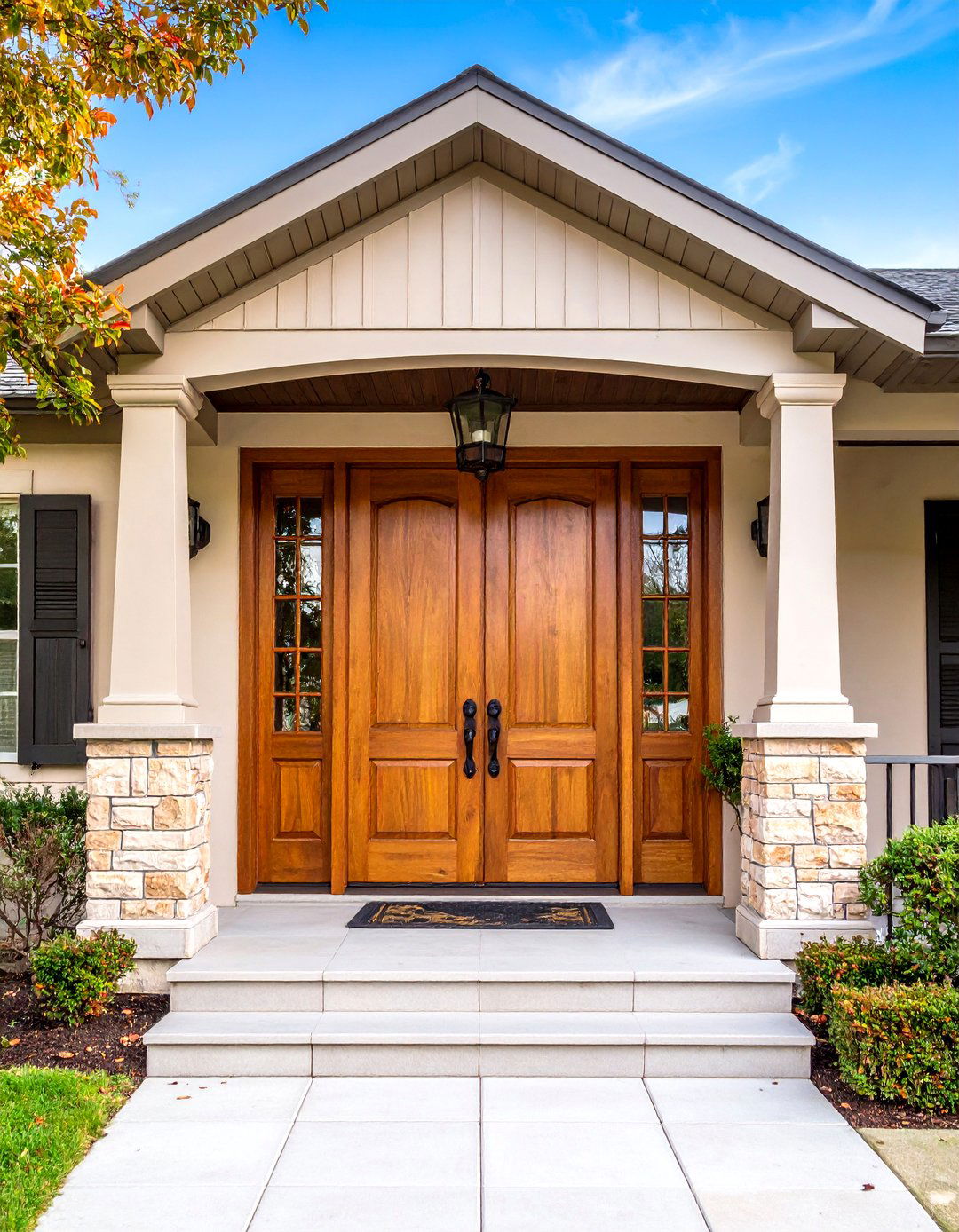
French colonial double front doors bring Southern elegance and grandeur to colonial home entrances, typically featuring expansive designs with two to three stories and central elaborate entry configurations. These impressive doors often showcase matching six-panel designs or incorporate glass panels that create symmetrical beauty. The Boat House style represents this approach perfectly, featuring six-panel windows and bottom recessed panels on each door that can be customized with various wood species and finishes. French colonial front doors work exceptionally well with wrap-around porches and colonnades typical of Southern architecture. Custom paint colors like pale blue or traditional white enhance the Cape Cod coastal connection, while rich wood stains like walnut or mahogany create sophisticated warmth appropriate for formal colonial revival homes.
7. Spanish Colonial Front Door with Rustic Elements
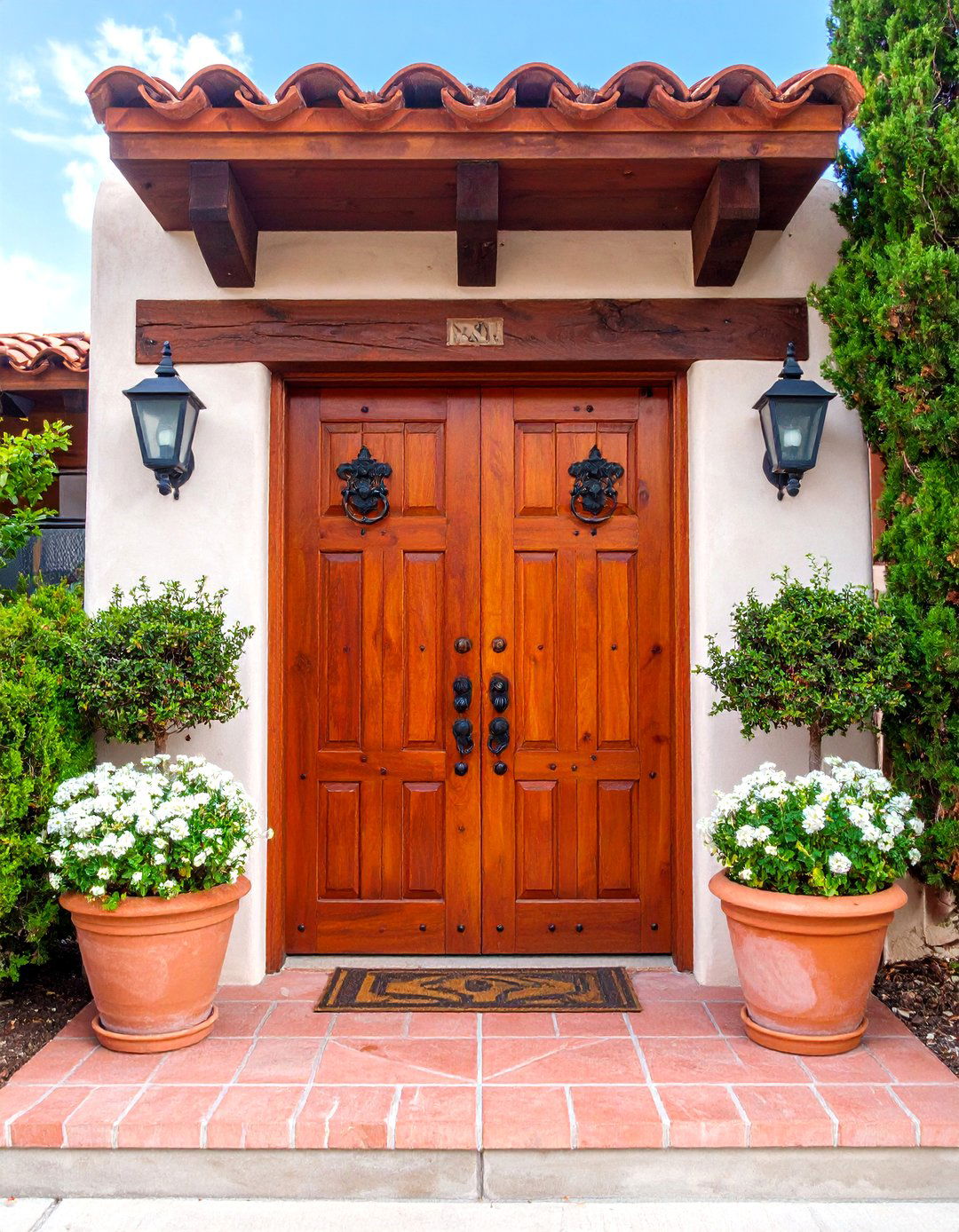
Although less common in traditional American colonial architecture, Spanish colonial front doors offer a distinctive southwestern interpretation with rustic appeal and robust construction. These doors are characterized by white stucco wall compatibility, red clay tile roof coordination, wooden beam integration, and overall rustic appearance. The doors themselves often feature heavy planked construction, wrought iron hardware, and natural wood finishes that celebrate the grain and character of the timber. Arched top configurations and carved details reflect Spanish architectural influences. Modern Spanish colonial front doors may incorporate contemporary materials while maintaining the rustic aesthetic, including weather-resistant hardwoods and upgraded security features. These doors work particularly well in southwestern regions where the style complements both historic and contemporary Spanish colonial revival homes.
8. Colonial Front Door with Decorative Glass Patterns
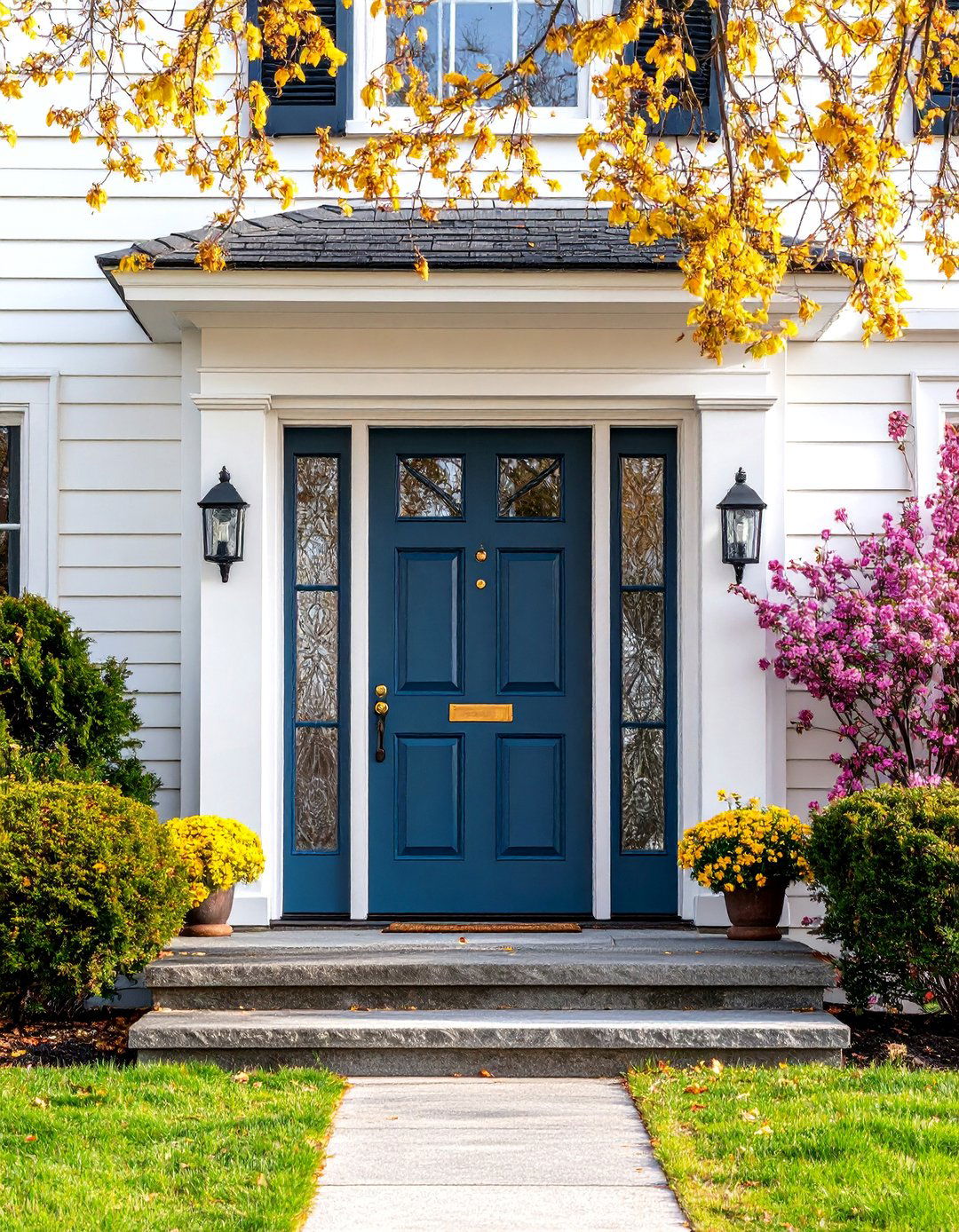
Decorative glass elevates colonial front doors by adding personality and elegance while maintaining historical appropriateness. Traditional patterns suitable for colonial homes include beveled glass, etched designs, and divided lite configurations that echo the home's window treatments. Popular options include twin colonial light designs featuring two squares of glass at the top of the door panel, allowing small amounts of light while maintaining privacy. The glass can be clear for maximum light transmission, textured for privacy, or feature subtle decorative elements that complement the colonial aesthetic. Modern manufacturing allows for between-the-glass blinds or insulated glass units that provide energy efficiency while preserving the classic appearance. Careful selection ensures the glass design enhances rather than overwhelms the door's traditional colonial proportions.
9. Modern Colonial Revival Front Door with Contemporary Materials
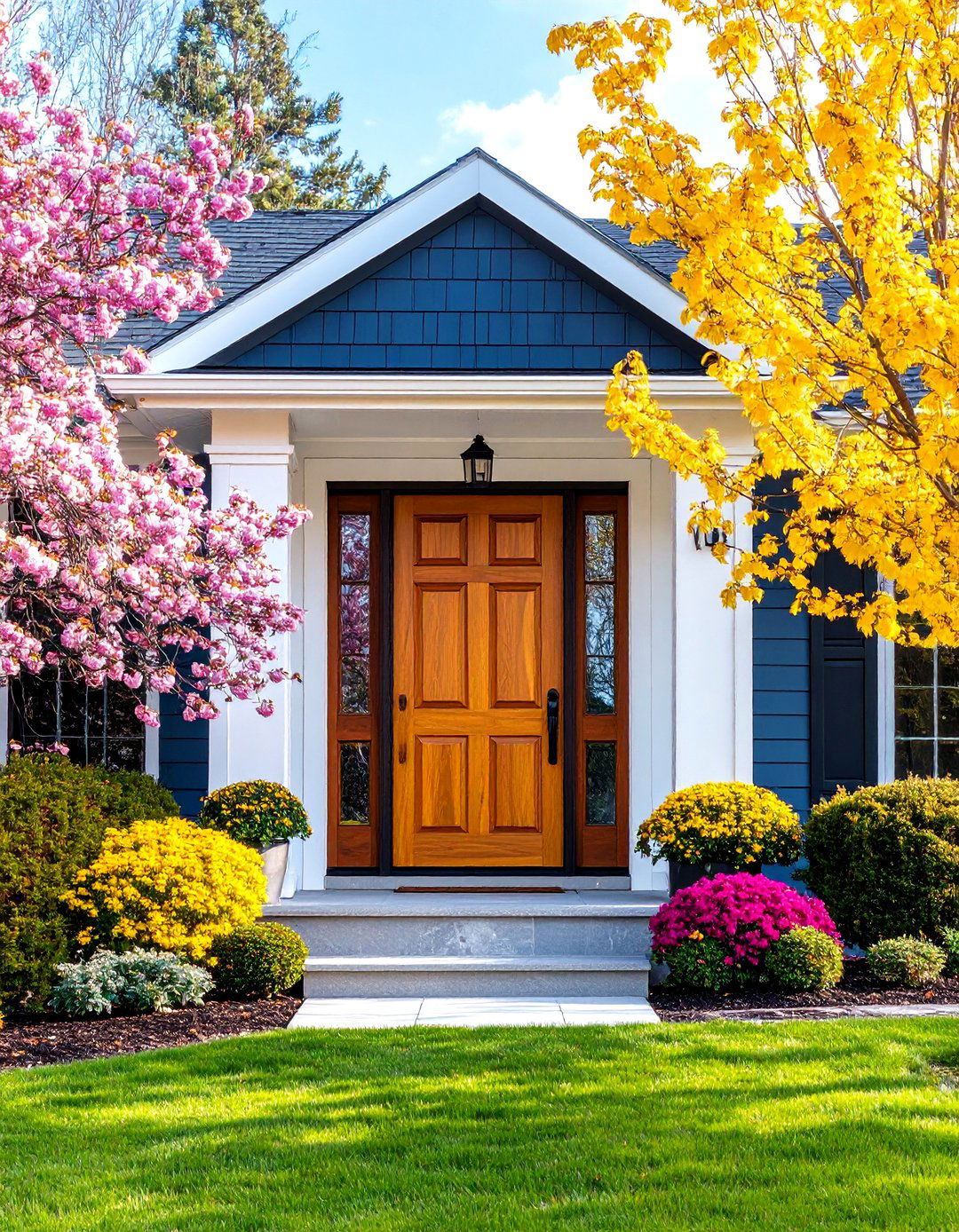
Today's colonial revival front doors successfully blend traditional aesthetics with contemporary performance through advanced materials and manufacturing techniques. Fiberglass doors can be made to look like wood while offering superior energy efficiency, rot resistance, and minimal maintenance requirements. These doors feature durable structures that won't rot, rust, or dent while maintaining very low maintenance needs, available with smooth surfaces or realistic wood grain textures. Modern colonial revival doors often incorporate steel reinforcement, multi-point locking systems, and energy-efficient cores while preserving authentic panel configurations and proportions. Advanced manufacturing allows for factory-finished surfaces in custom colors, eliminating the need for on-site painting while ensuring long-lasting beauty. These innovations make colonial styling accessible to contemporary homeowners who value both aesthetics and performance.
10. Colonial Front Door with Traditional Shutter Integration
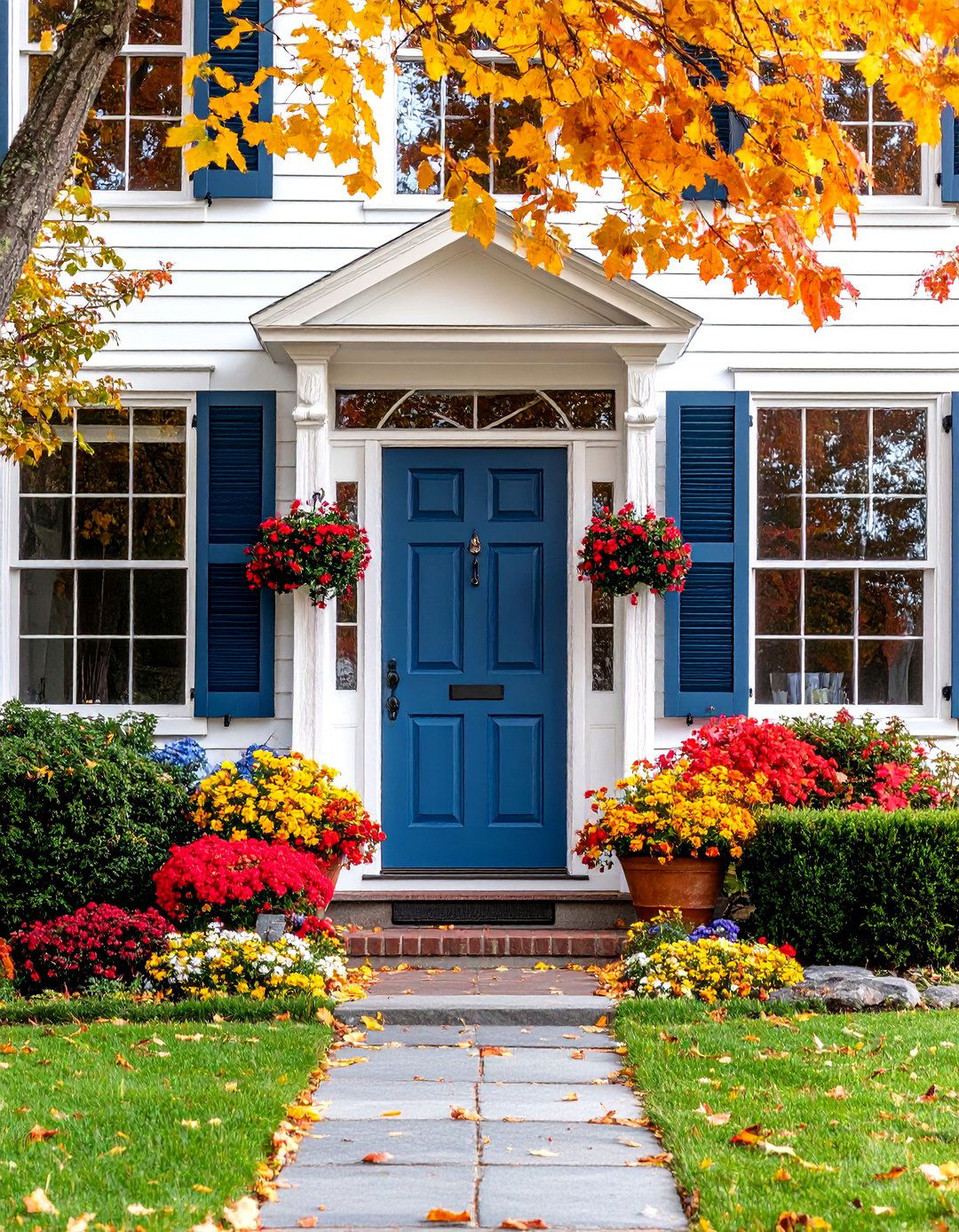
Coordinating colonial front doors with traditional shutters creates cohesive exterior design that enhances the overall colonial aesthetic. Functional shutters add both visual interest and practical storm protection when properly designed and installed. Modern colonial shutters can provide decorative appeal while offering excellent storm protection, with aluminum construction and stainless steel hardware meeting building codes for hurricane zones. The door and shutter colors should coordinate thoughtfully, with popular combinations including white doors with dark green shutters, black doors with white shutters, or natural wood doors with matching stained shutters. Traditional shutter hardware like shutter dogs adds authentic detail while serving the functional purpose of holding shutters in the open position. This integration works particularly well on colonial homes where window shutters are already present.
11. Colonial Front Door with Premium Hardware Selection
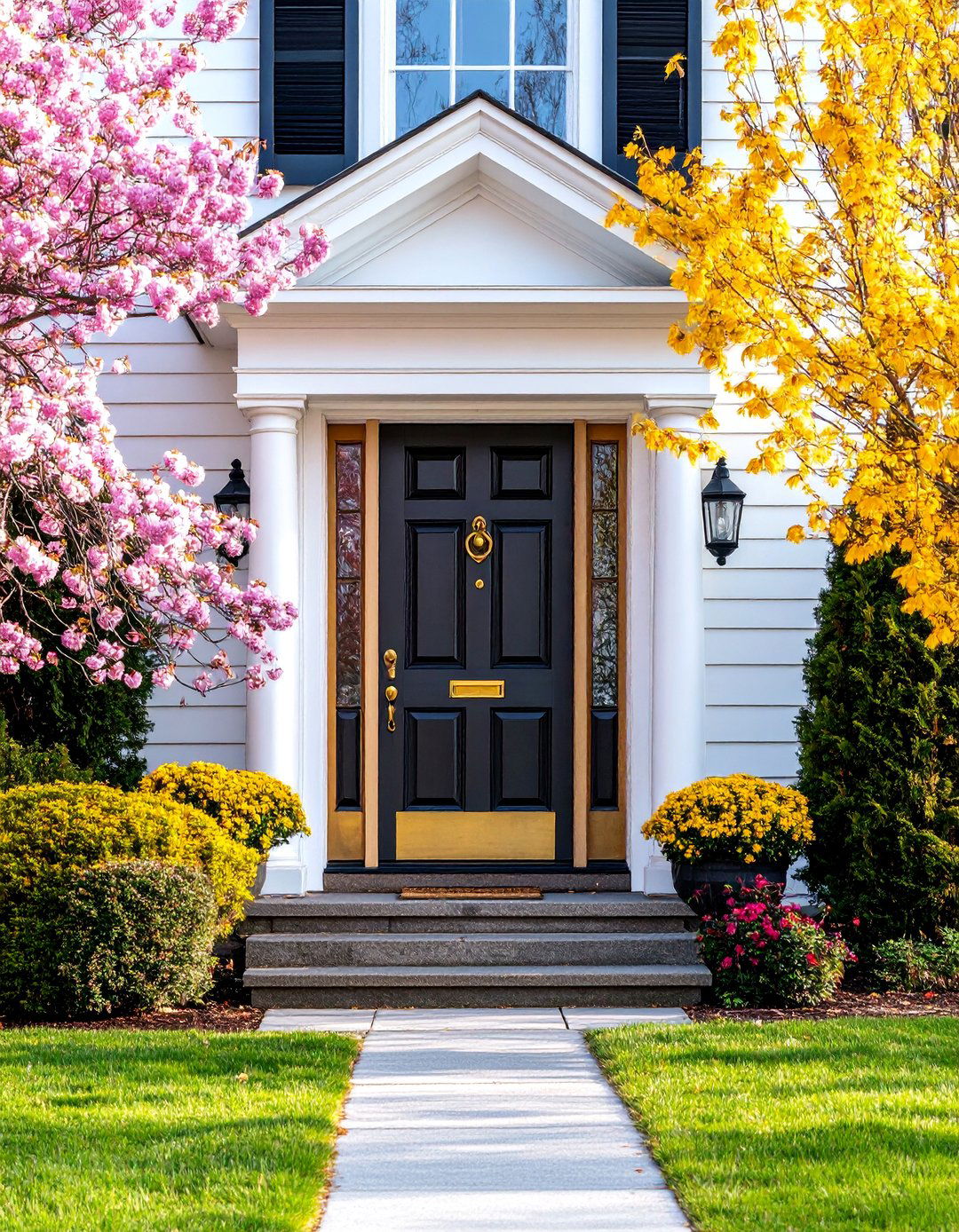
Premium hardware transforms colonial front doors from simple entrances into sophisticated architectural statements, with options like Baldwin® hardware adding personality through sophisticated designs. Traditional colonial hardware features brass, bronze, or wrought iron finishes that complement the door's historical character. Authentic colonial door hardware includes period-appropriate locksets, hinges, knockers, and decorative elements that capture the essence of colonial-era craftsmanship. Modern security features can be incorporated into traditional hardware designs, providing contemporary protection while maintaining historical appearance. Popular finishes include antique brass, oil-rubbed bronze, and black iron that age gracefully and complement various door colors. Quality hardware not only enhances security and functionality but also serves as jewelry for the door, creating focal points that draw attention and admiration from visitors and passersby.
12. Colonial Front Door with Natural Wood Species Showcase
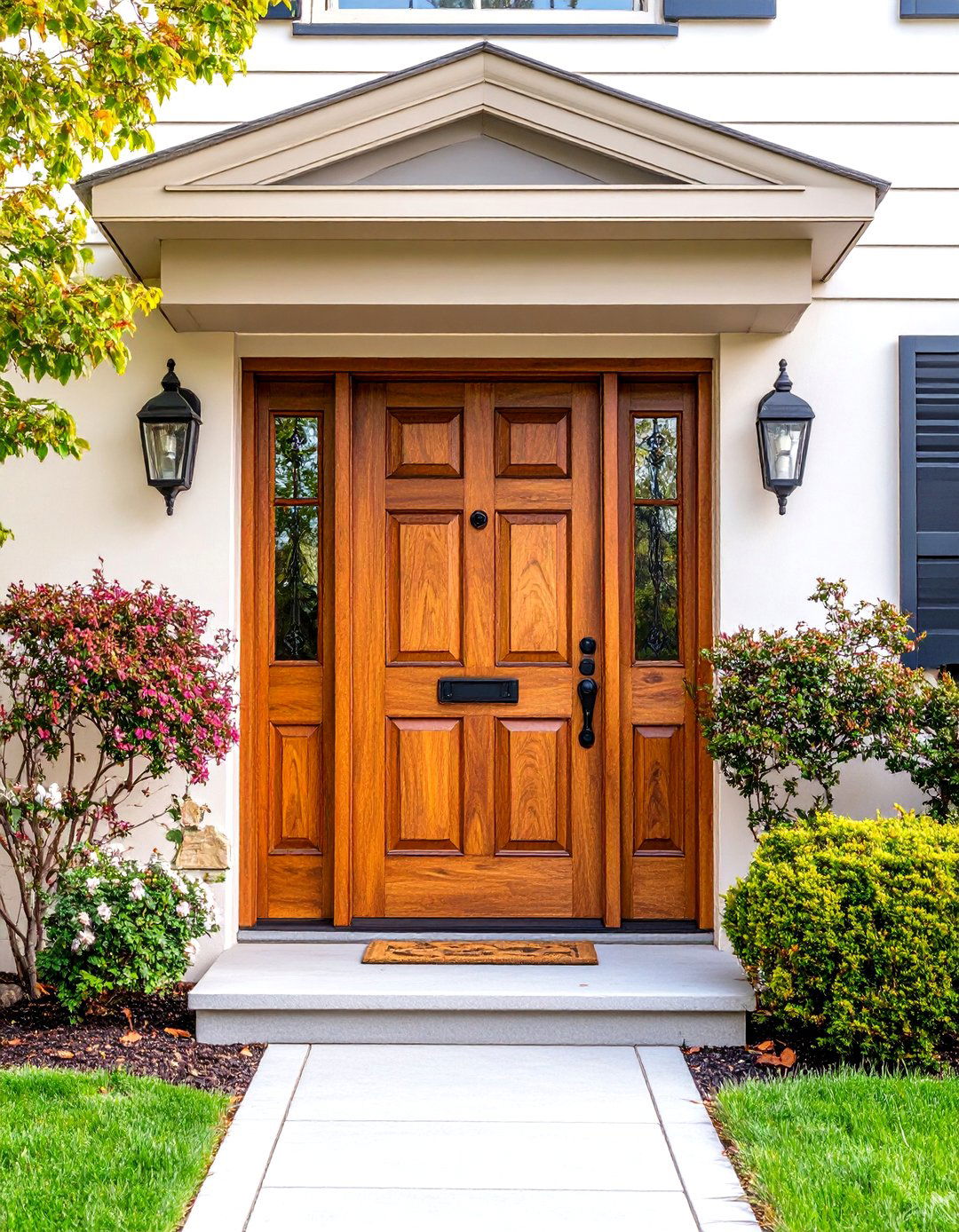
Different wood species offer unique characteristics for colonial front doors, with options including alder, cedar, cherry, oak, walnut, and pine, each bringing distinct grain patterns and natural beauty. Popular choices include Douglas Fir for its straight grain and durability, Oak for traditional appeal, Nootka Cypress for weather resistance, and Cherry for rich color development. The wood choice affects both appearance and performance, with hardwoods like oak and cherry offering superior durability and grain character, while softwoods like pine provide more budget-friendly options with paint-grade surfaces. Finishes can range from raw unfinished wood for custom treatment to ready-to-stain surfaces, with options for clear coats that highlight natural grain or colored stains that create specific aesthetic effects. Professional finishing ensures the wood's natural beauty is preserved while providing protection against weather and wear.
13. Four-Panel Colonial Front Door with Simplified Design
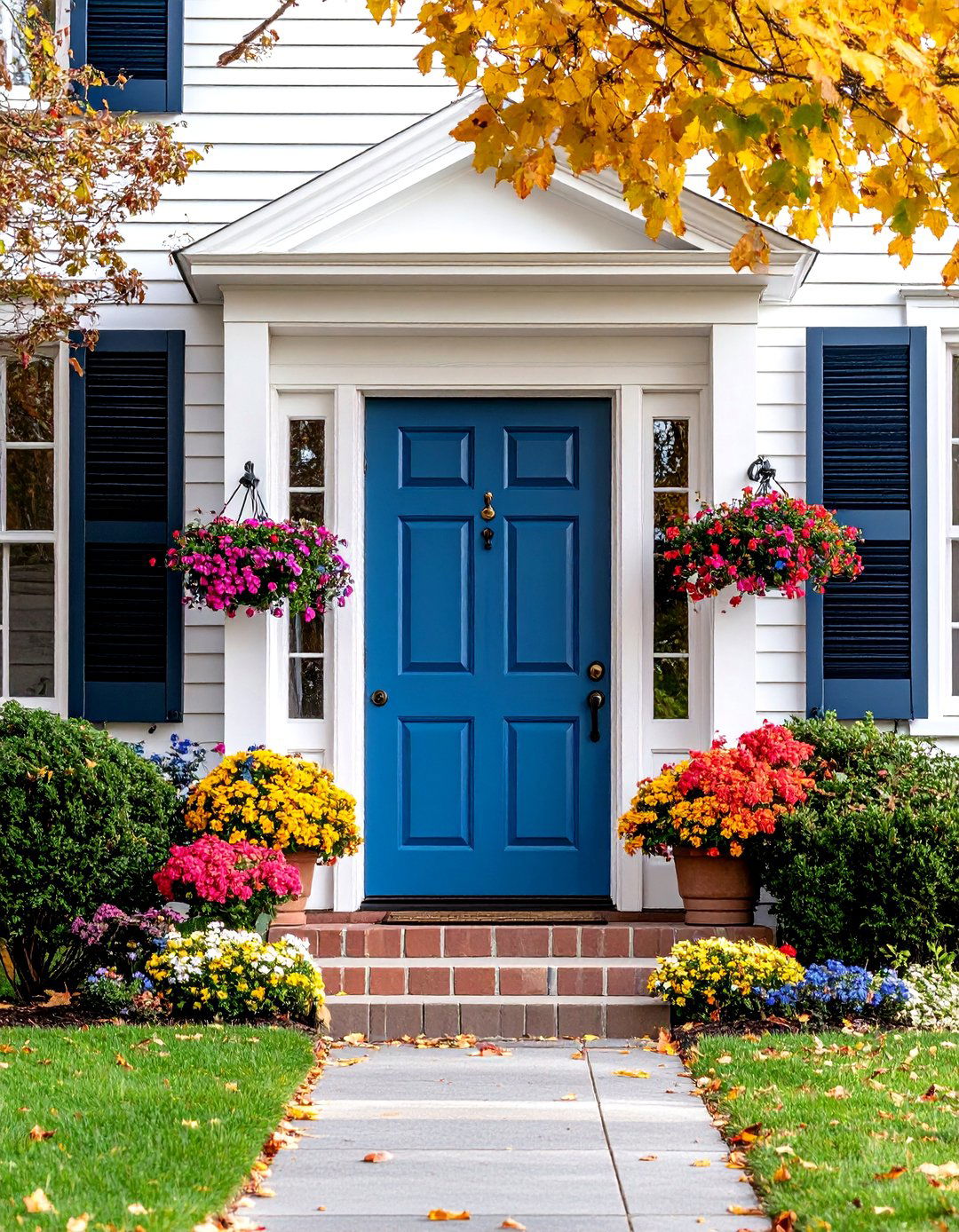
For homeowners seeking colonial authenticity with cleaner lines, four-panel colonial front doors offer elegant simplicity that works well on smaller homes or those with more restrained architectural details. This configuration typically features rectangular geometry with four equal or proportioned panels arranged in two rows of two. The simplified panel arrangement creates less visual complexity while maintaining colonial character, making it suitable for Cape Cod cottages, small colonial homes, or contemporary interpretations of colonial style. These doors can incorporate glass panels in the upper sections for light transmission while keeping lower panels solid for privacy and security. Four-panel designs work particularly well with modern colonial revival architecture where cleaner lines and simplified details are preferred. The reduced number of panels also makes these doors more economical to produce while still providing authentic colonial styling.
14. Colonial Front Door with Fanlight Transom Feature

Fanlight transoms represent one of the most elegant additions to colonial front doors, with semicircular or semi-elliptical configurations that bring light to entry halls while adding architectural prestige. These curved glass features developed over the centuries as colonial architecture became more sophisticated and homeowners desired more elaborate entrances. Fanlights can be combined with sidelights to create comprehensive entrance systems that dramatically enhance both interior lighting and exterior curb appeal. The glass can feature decorative muntins in spoke patterns or geometric designs that complement the home's window treatments. Modern fanlight construction incorporates energy-efficient glass and proper weatherproofing while maintaining the classical proportions essential to colonial design. This feature works best on larger colonial homes where the scale can accommodate the enhanced architectural detail without overwhelming the facade.
15. Colonial Barn Door Style for Interior Applications
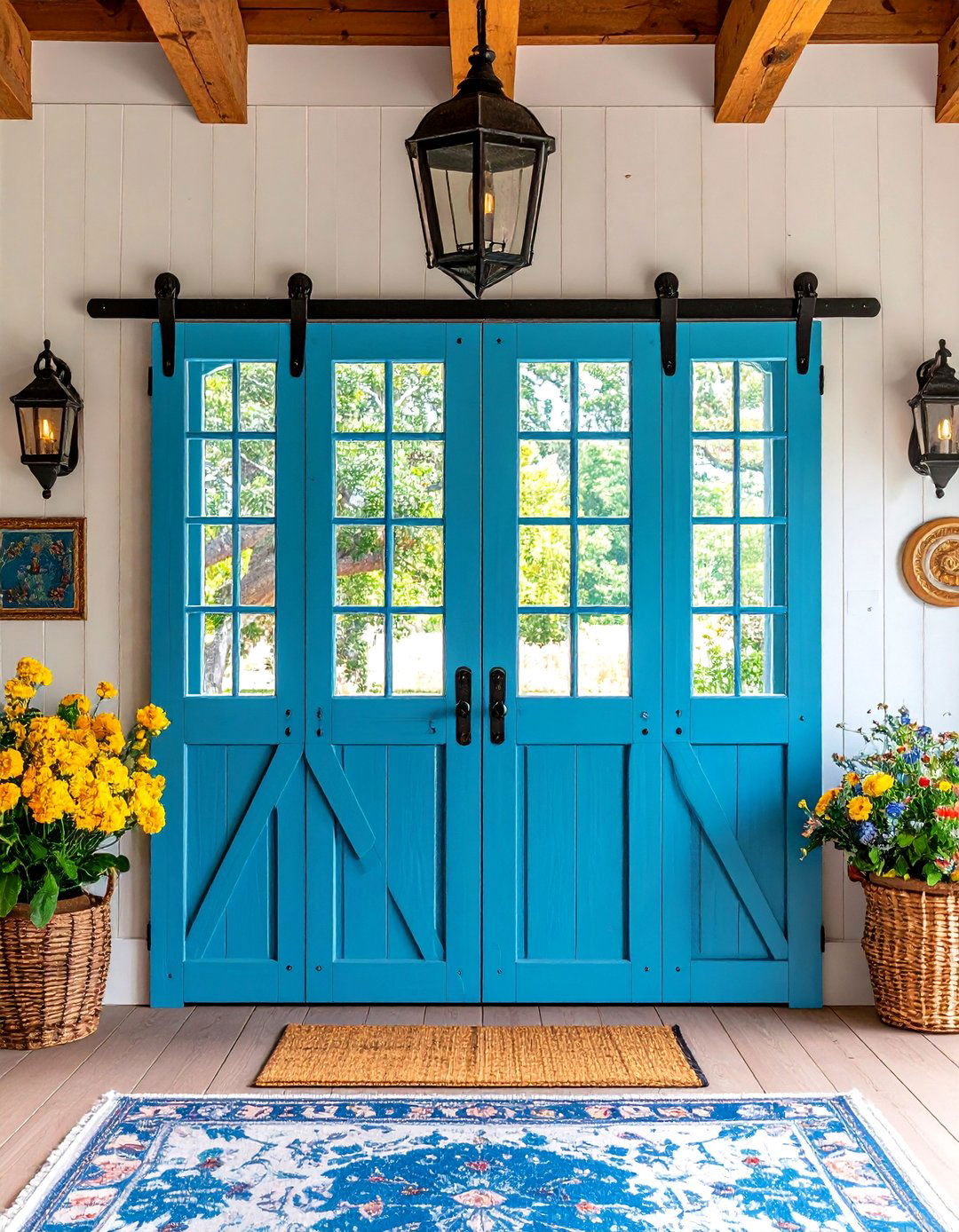
Modern colonial barn doors bring rustic charm to interior spaces while maintaining traditional six-panel configurations that slide along tracks rather than swinging on hinges. These doors work exceptionally well in colonial homes where space constraints make traditional swinging doors impractical. The six-panel colonial barn door features traditional recessed panel design framed by wooden stiles and rails, available in various wood species with custom finishes and textures. Hardware options include track systems, hangers, handles, pulls, rollers, door guides, and stops that can be customized for exact proportions and style preferences. These doors can be textured with weathered, distressed, adzed, or worn finishes to enhance the rustic appeal. Colonial barn doors work particularly well for large openings between rooms, closets, or pantries where the sliding mechanism saves valuable floor space.
16. Eight-Panel Colonial Front Door with Maximum Detail
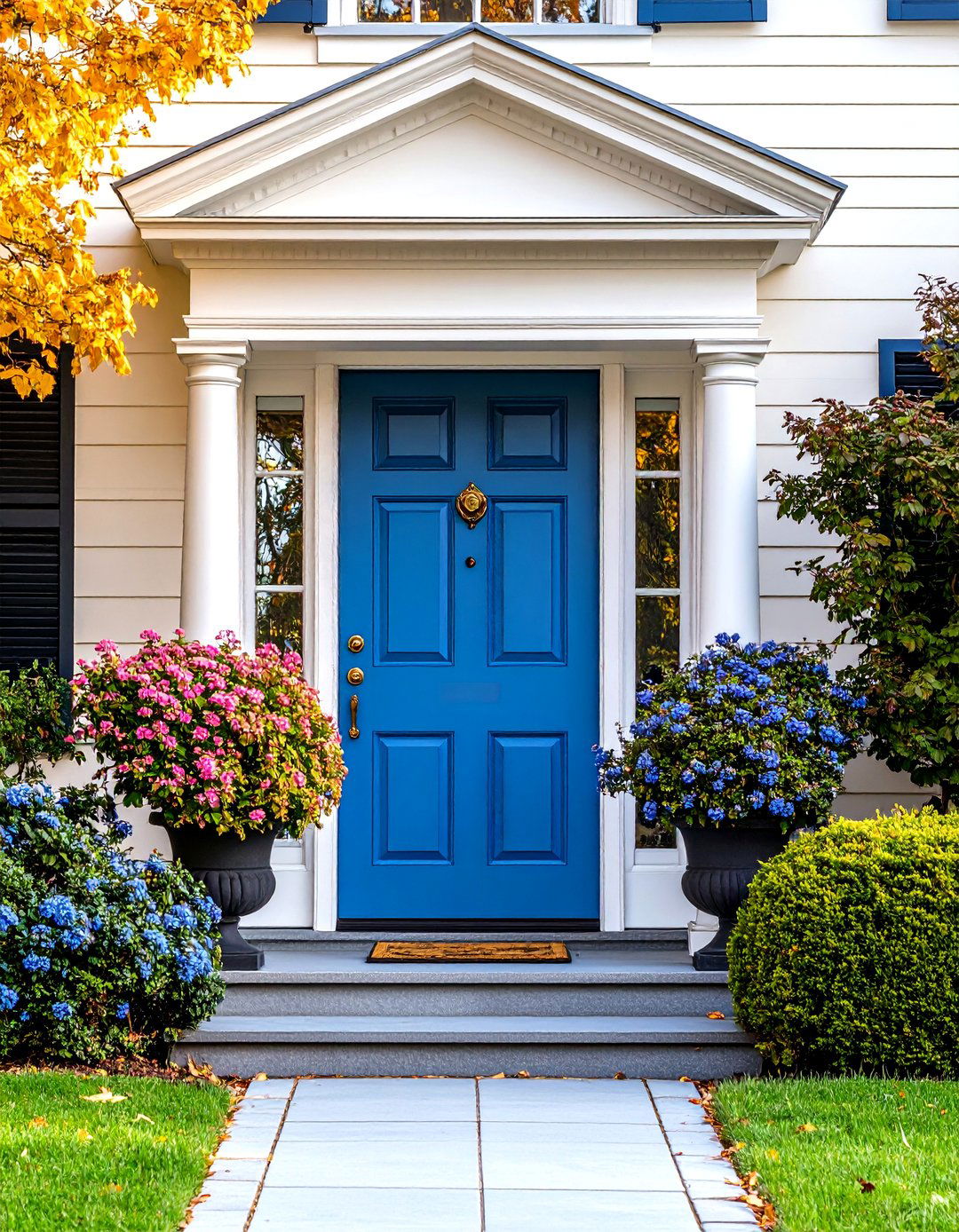
For the ultimate in colonial door sophistication, eight-panel configurations provide maximum traditional detail and visual interest appropriate for grand colonial homes. Colonial door panels can range from four to eight panels, with eight-panel designs representing the most elaborate traditional approach. These doors typically feature two columns of four panels each, creating vertical emphasis and enhanced proportional relationships. The increased number of panels allows for more complex arrangements, including varying panel sizes that create visual rhythm and sophisticated architectural hierarchy. Eight-panel doors require careful craftsmanship to maintain proper proportions and alignment, making them premium options that showcase woodworking expertise. These doors work best on large colonial homes, Georgian mansions, or colonial revival architecture where the enhanced detail can be properly appreciated and proportioned to the overall building scale.
17. Colonial Front Door with Provincial Glass Design
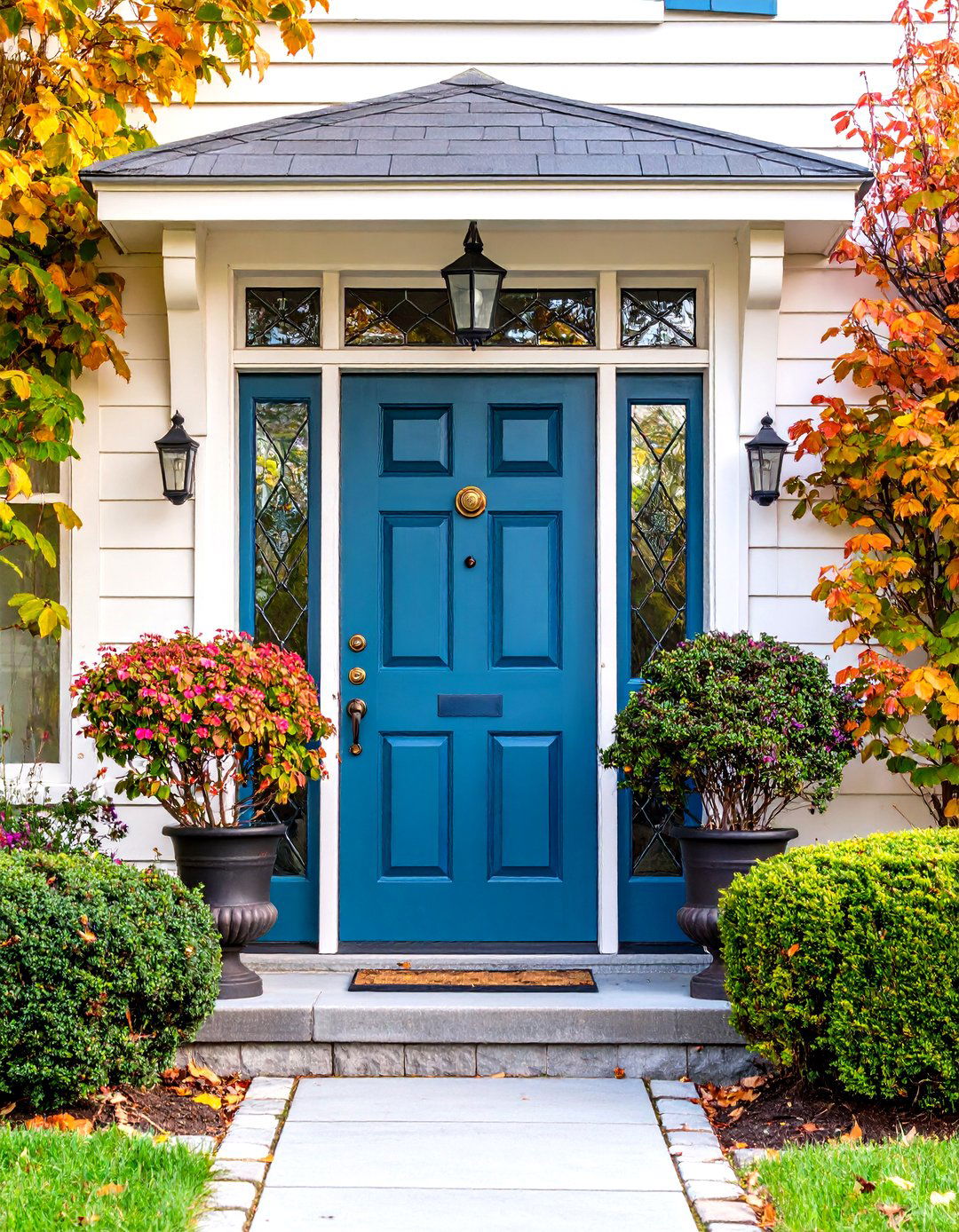
Provincial glass patterns offer sophisticated decorative options specifically designed to complement colonial home styles. These designs typically feature geometric patterns, beveled elements, or subtle etching that enhances light transmission while providing visual interest. Provincial glass works particularly well in colonial doors where the pattern complements rather than competes with the traditional panel configuration. The glass can be incorporated into the door panels themselves or featured in sidelights and transoms for comprehensive entrance systems. Modern glass technology allows for energy-efficient multiple pane construction with decorative elements sealed between glass layers for maintenance-free beauty. Provincial patterns tend toward understated elegance rather than bold statements, making them appropriate for both traditional colonial homes and contemporary colonial revival architecture where sophisticated restraint is valued.
18. Contemporary Colonial Front Door with Smart Technology
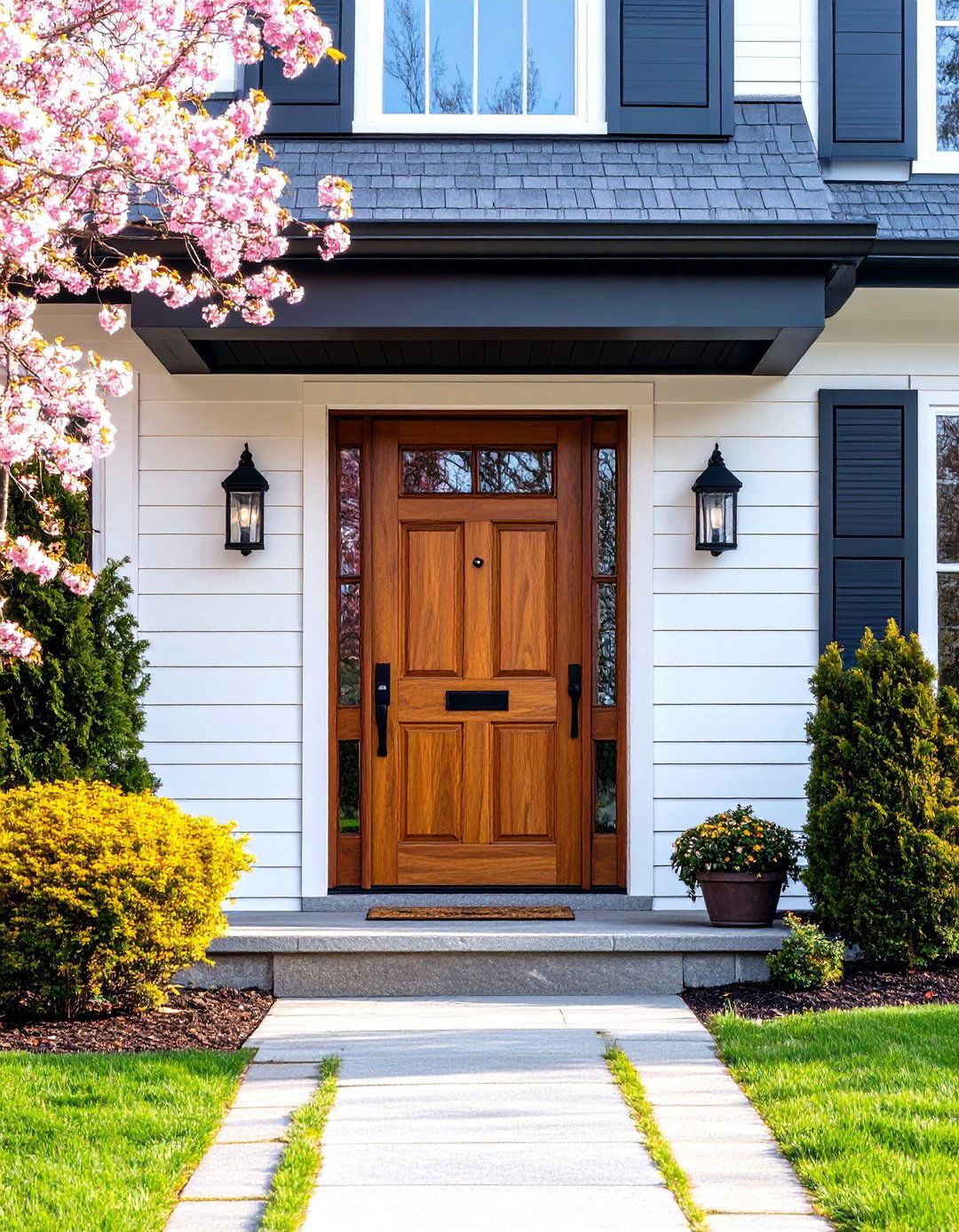
Modern technology seamlessly integrates with traditional colonial door designs through smart locks, security systems, and automated features that don't compromise historical aesthetics. Contemporary options include integrated sensors with wireless technology built in and tucked away out of sight to preserve door beauty while providing monitoring capabilities. Smart colonial front doors can feature keyless entry systems housed in traditional hardware styles, security cameras disguised as period-appropriate fixtures, and automated locking mechanisms that operate through smartphone apps. These technological enhancements provide contemporary convenience and security while maintaining the classical appearance essential to colonial styling. Installation during manufacturing ensures no additional drilling or visible modifications that would compromise the door's traditional appearance. This approach allows colonial homeowners to enjoy modern security and convenience without sacrificing historical authenticity.
19. Colonial Front Door with Portico and Pediment Framework

Traditional colonial front door surrounds featuring porticos and pediments create impressive architectural frameworks that enhance the door's importance as the home's focal point. These decorative surrounds can consist of pilasters with entablatures, pediments, or arches, using flat or vertical trim boards with thicker head trim that might sport cornice caps. The portico provides weather protection while creating a sense of arrival and importance appropriate to colonial architecture. Colonial houses typically incorporate humble entryways with covered porticos that mark the front door location through minimal but effective embellishment. Modern construction allows for enhanced weather resistance and energy efficiency while maintaining classical proportions. These frameworks work particularly well on center-hall colonial homes where the enhanced entrance provides appropriate scale and dignity to the home's primary facade.
20. Colonial Front Door with Regional Color Traditions
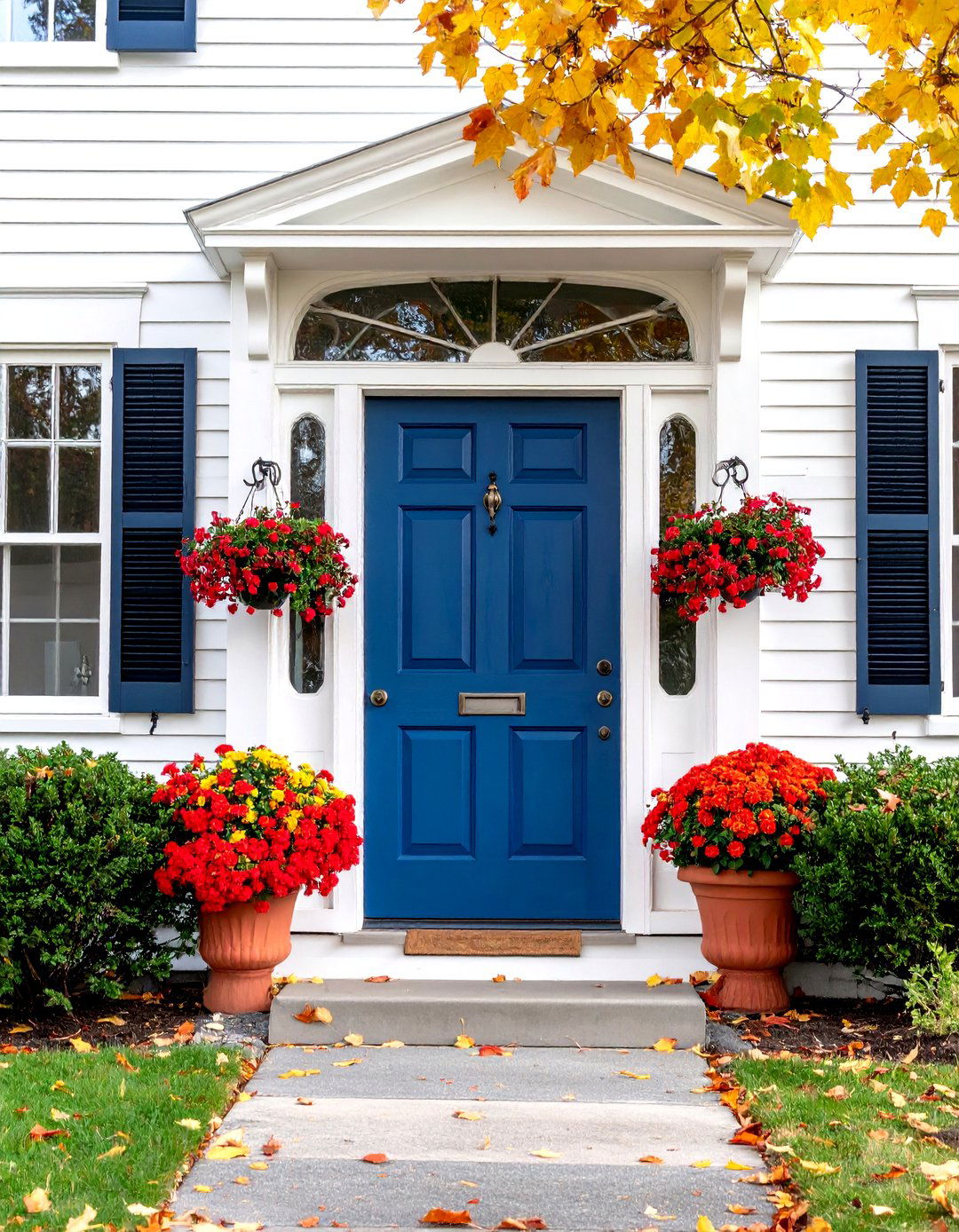
Colonial front door colors should create rich contrast against neutral siding colors, with traditional choices including deep blues, classic reds, and sophisticated blacks that draw attention to the entryway. Regional traditions influence color selection, with New England favoring deep blues and whites, Southern colonies embracing rich reds and forest greens, and Mid-Atlantic regions preferring sophisticated blacks and grays. Traditional Georgian colonial colors included white and ivory or other light tones that showed great contrast to the rest of the house material. Modern paint technology offers PrismaGuard premium finishes that create lasting color while providing weather protection. Color selection should consider the home's architectural details, surrounding landscape, and regional preferences while maintaining the classical restraint appropriate to colonial styling. Professional color consultation ensures the door color enhances rather than overwhelms the home's overall architectural character.
Conclusion:
Colonial front doors represent more than mere entrances—they serve as architectural statements that connect contemporary homeowners with America's rich historical heritage. From traditional six-panel configurations to modern interpretations incorporating smart technology, these doors successfully balance authenticity with contemporary functionality. Whether choosing Dutch colonial splits, Georgian pilasters, or Cape Cod weathered finishes, the key lies in selecting designs that complement your home's specific colonial style while meeting today's performance standards. The enduring appeal of colonial front doors stems from their timeless design principles of symmetry, craftsmanship, and proportional relationships that continue to define elegant home entrances. Careful selection ensures your colonial front door will enhance curb appeal, provide lasting beauty, and maintain historical authenticity for generations to come.



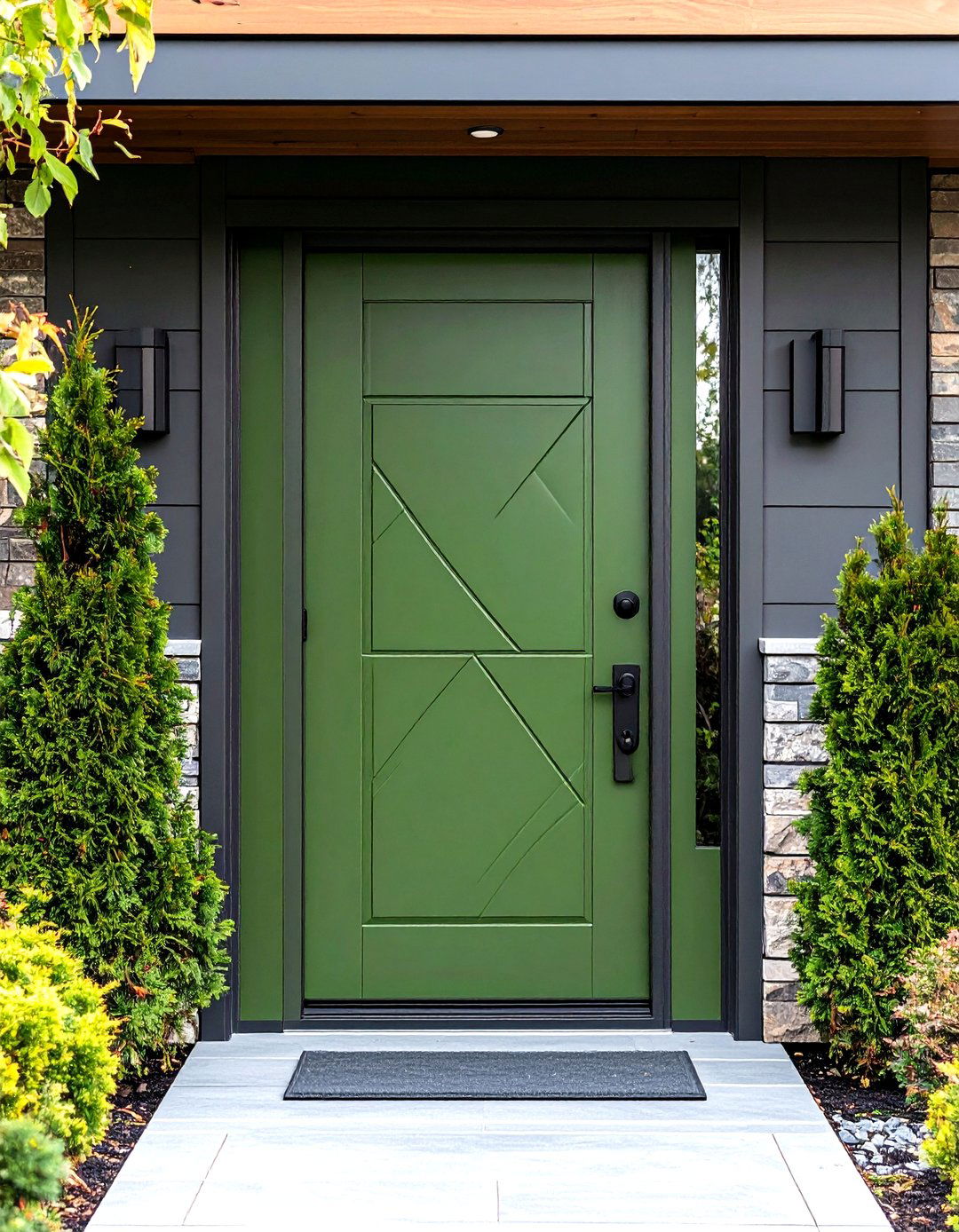
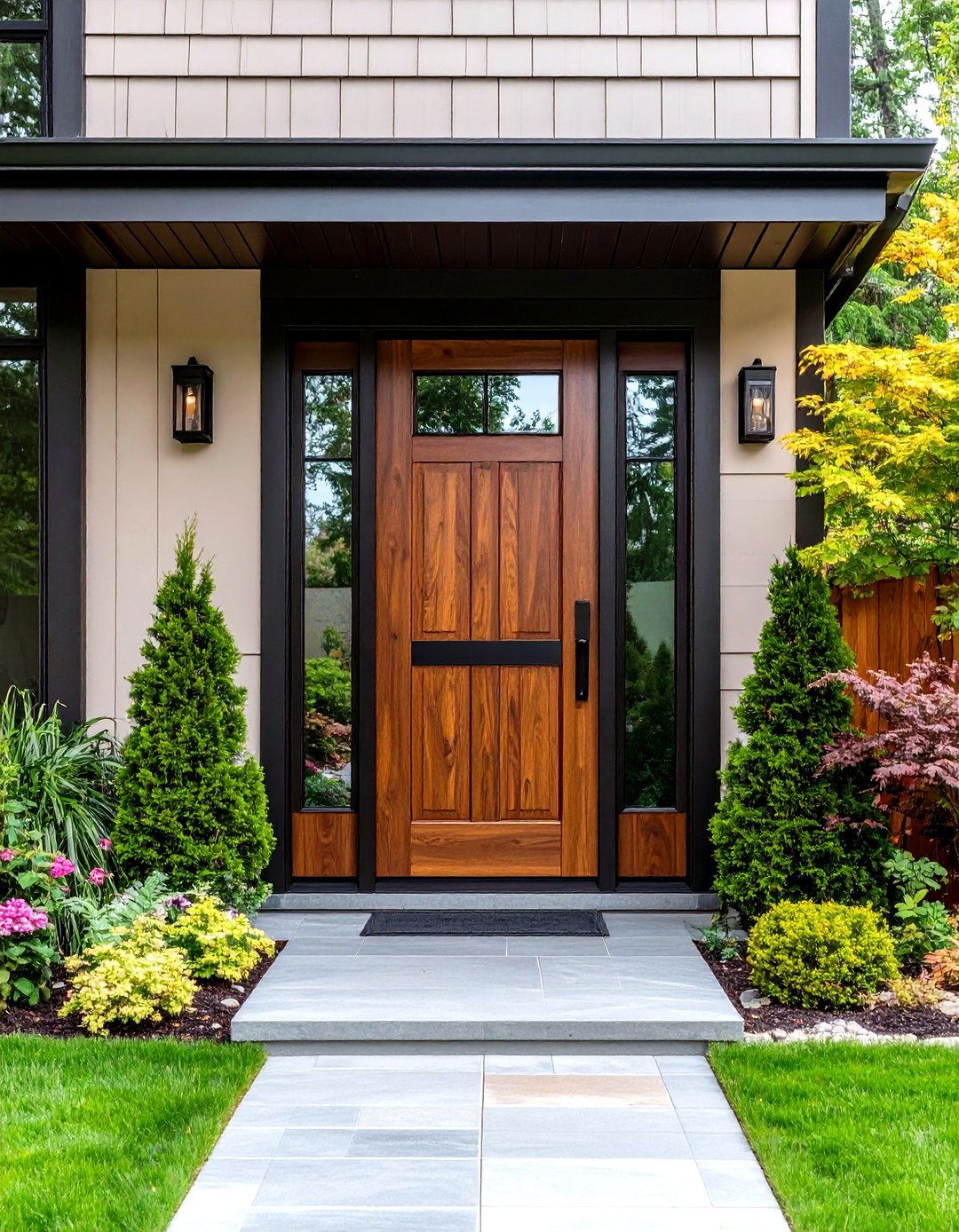
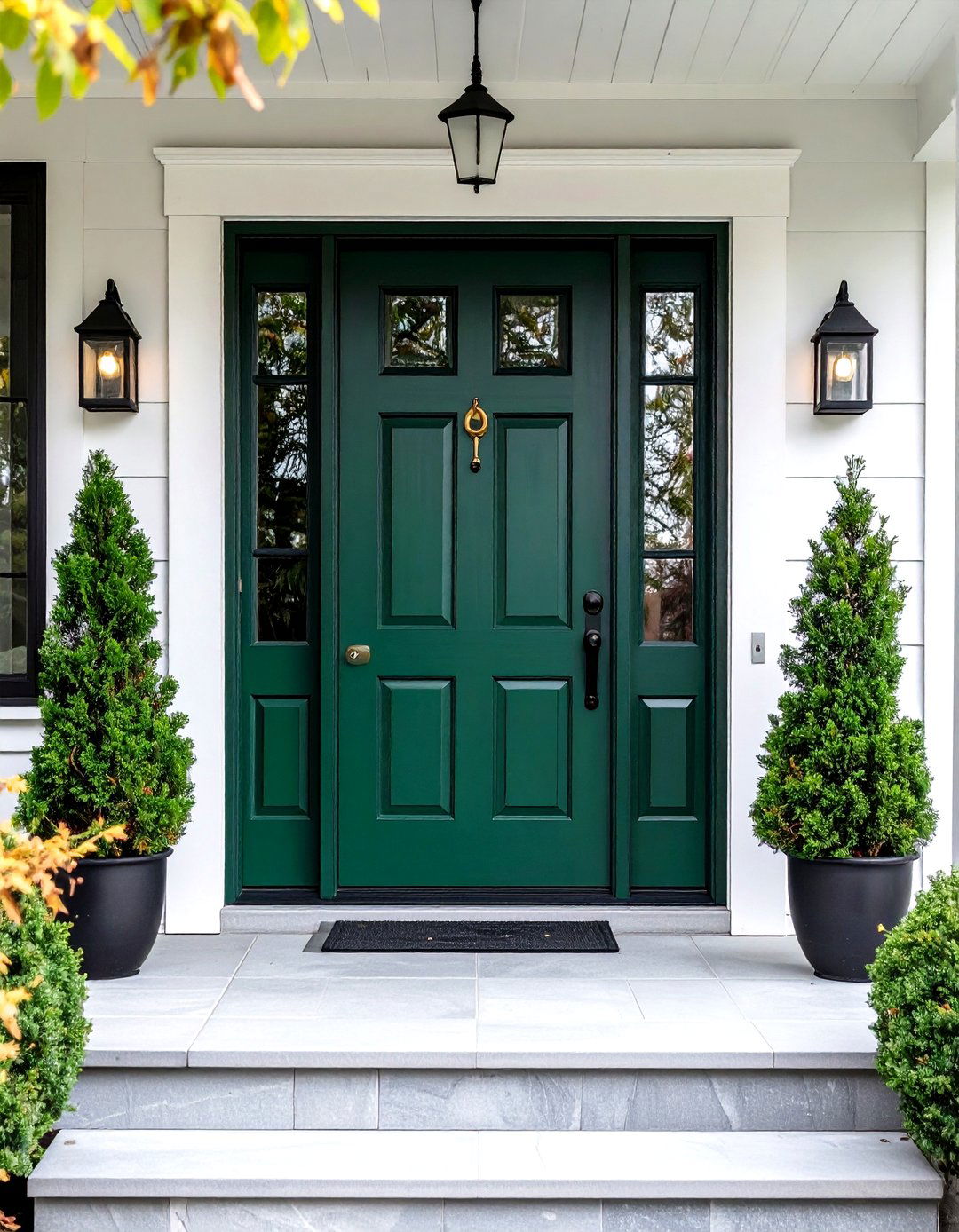
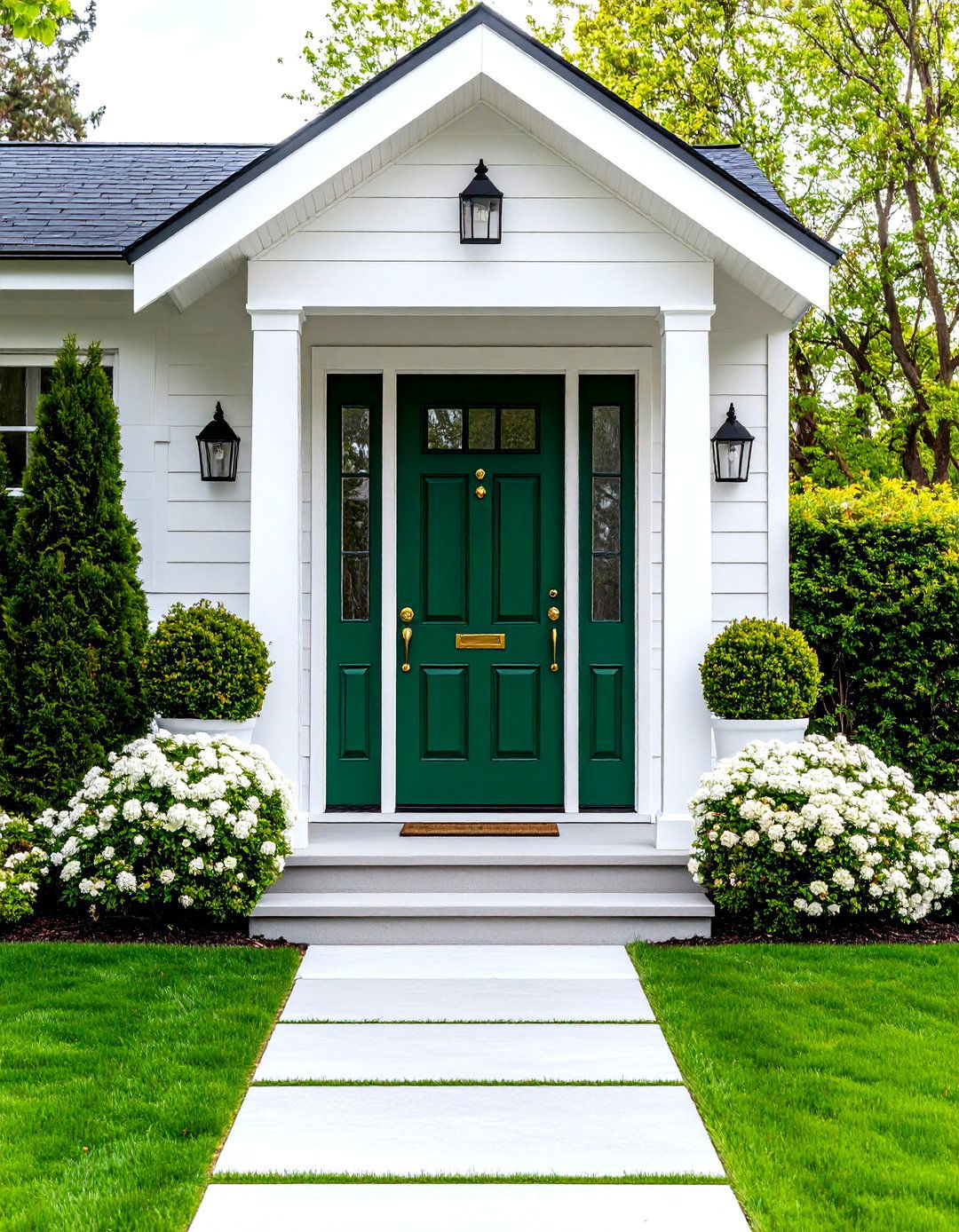
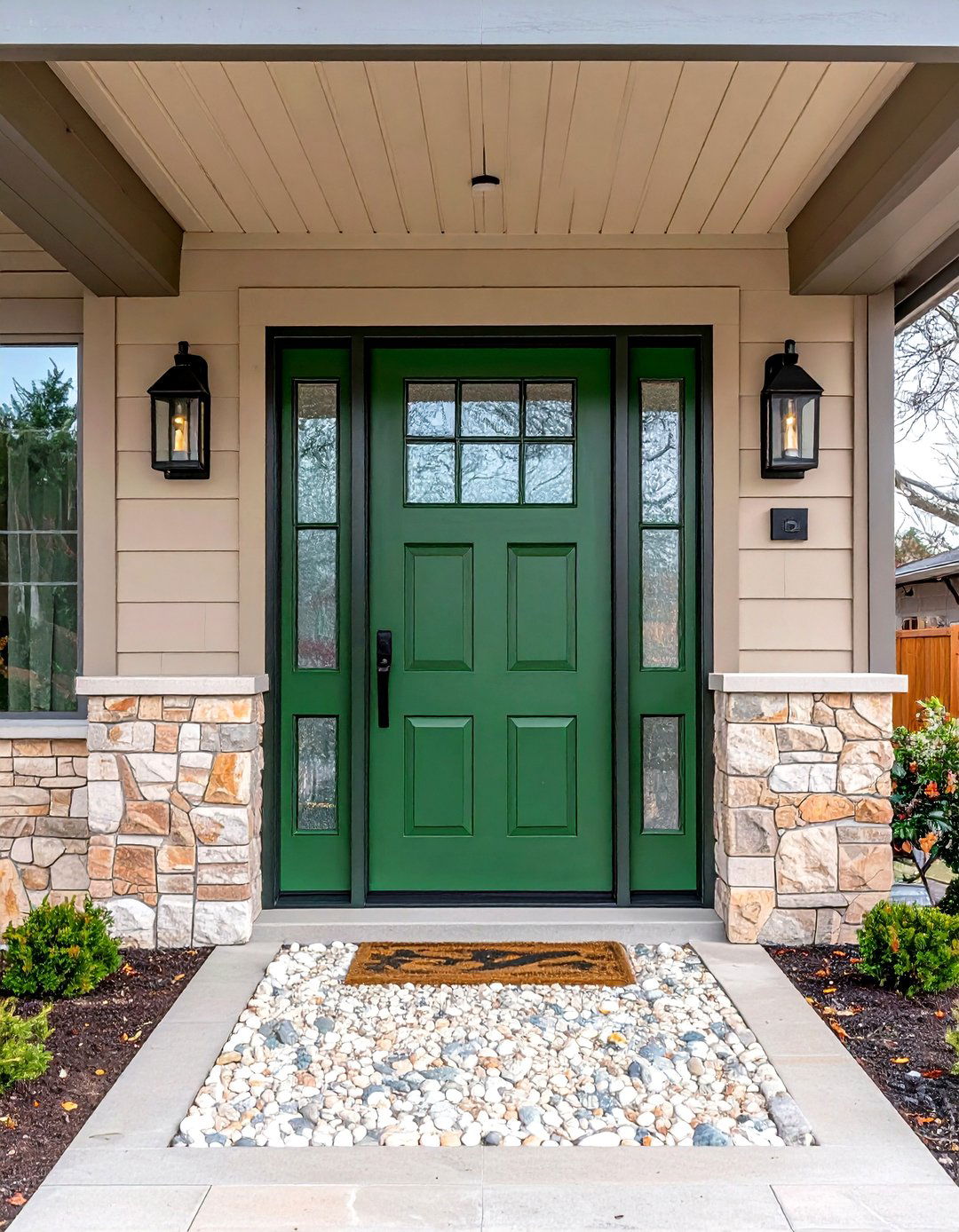
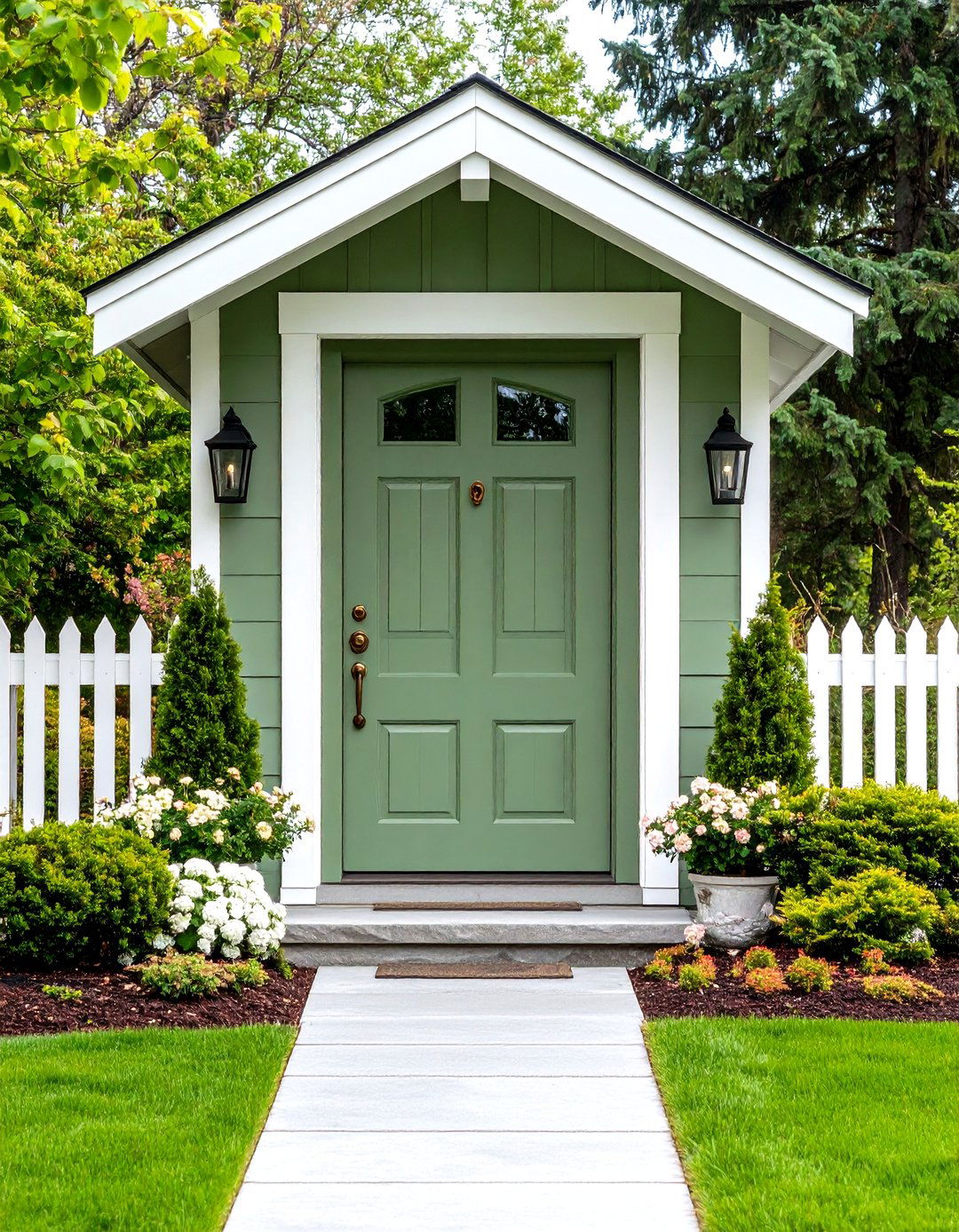



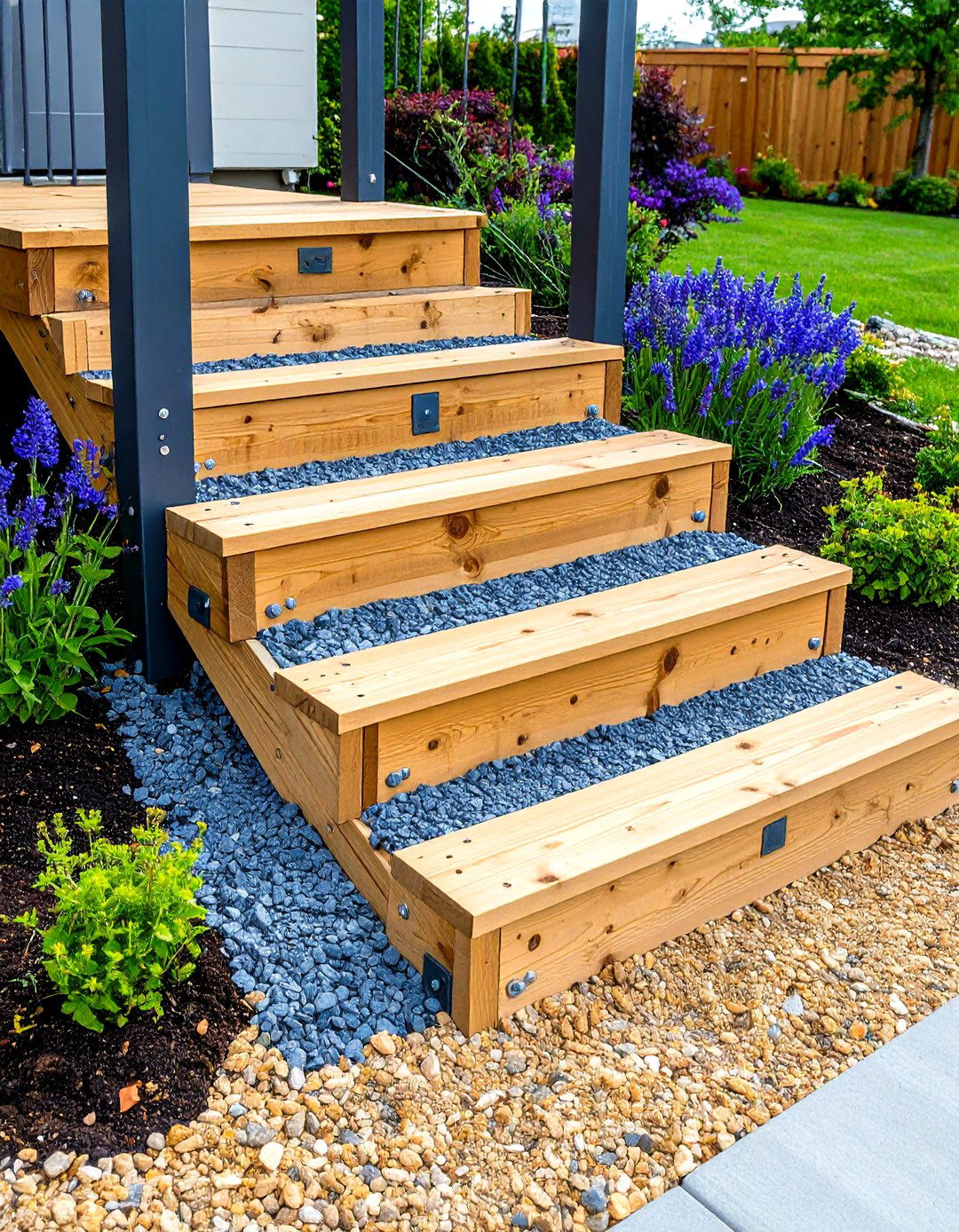
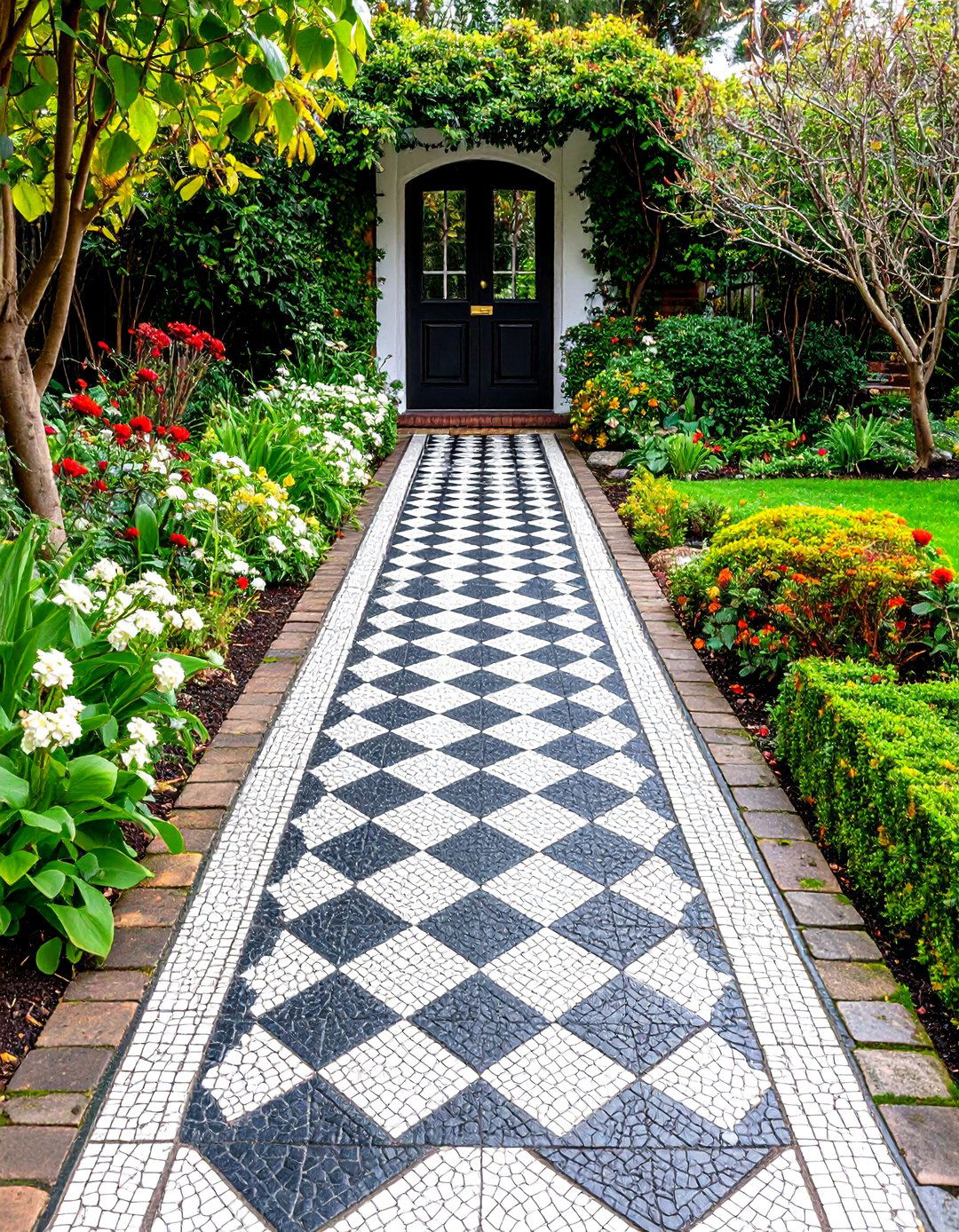
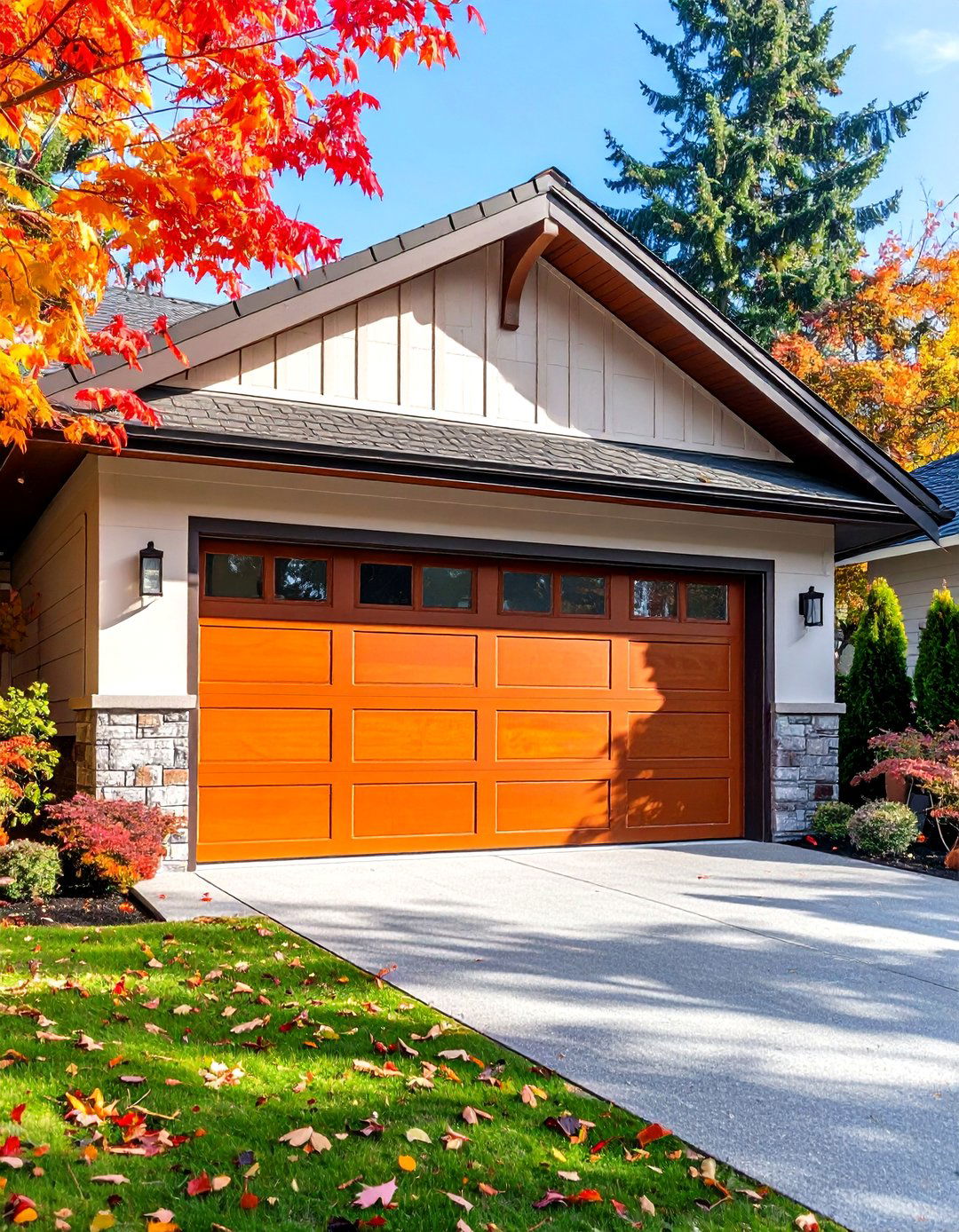
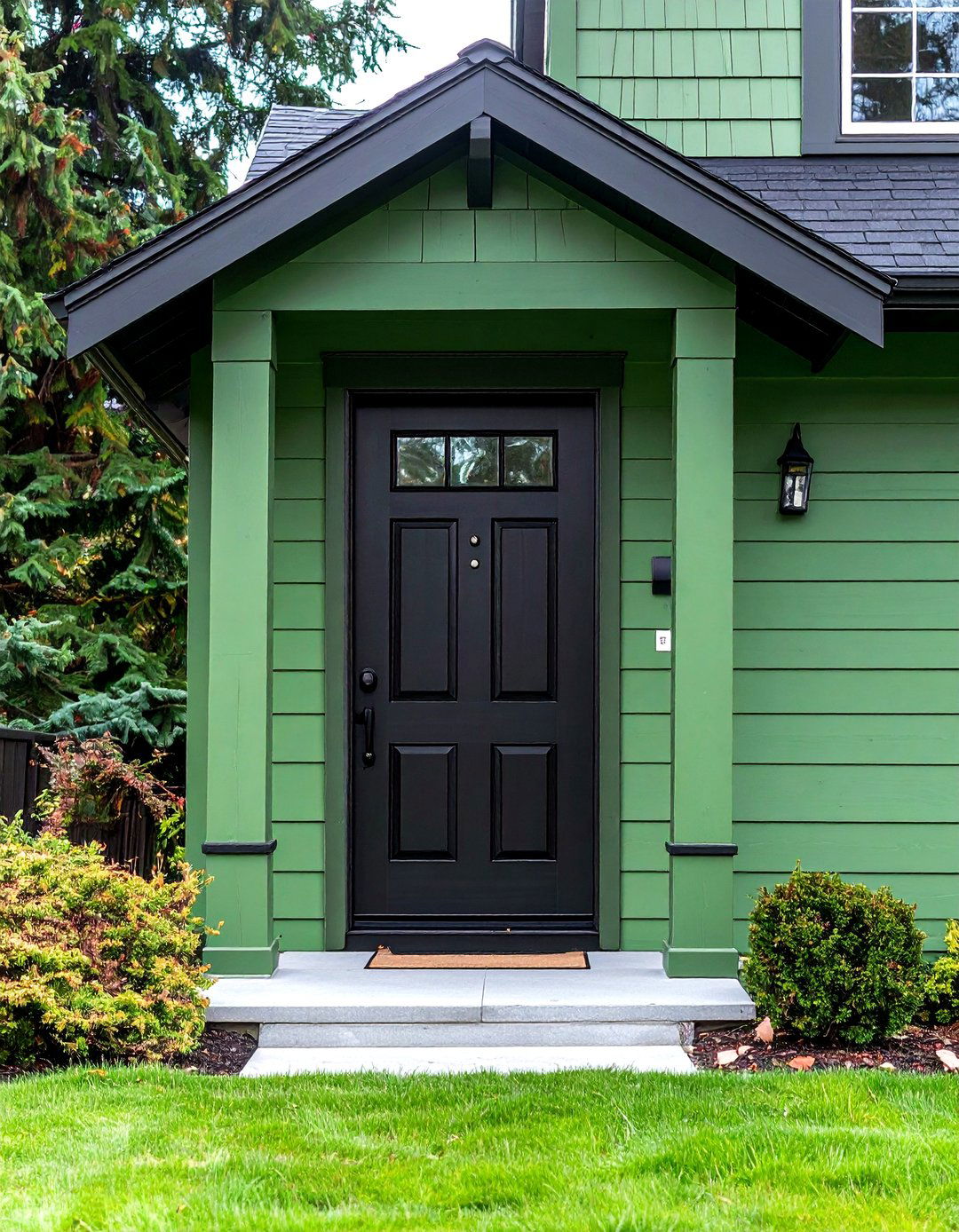
Leave a Reply